Backlinks remain one of the most powerful signals for improving search engine rankings. Think of them as digital votes of confidence from other websites. The more relevant and authoritative these connections are, the better your SEO performance.
But here’s the catch: not all backlinks are created equal. Search engines prioritize quality over quantity. A single spammy link can hurt your progress, while strategic partnerships boost visibility. That’s why monitoring these connections matters now more than ever.
This guide walks you through modern strategies to identify, analyze, and manage your website’s backlink profile. You’ll learn practical methods—from free manual checks to advanced tools—that fit any budget or skill level. Whether you’re safeguarding your site’s reputation or chasing higher rankings, staying informed is non-negotiable.
We’ll also explore how tracking links helps you spot trends, capitalize on opportunities, and avoid penalties. By the end, you’ll have a clear roadmap to keep your site competitive in 2025’s fast-paced SEO landscape.
Key Takeaways
- Backlinks act as critical SEO signals, influencing rankings and referral traffic.
- Regular monitoring helps identify low-quality links and high-value opportunities.
- Combining automated tools with manual reviews ensures thorough oversight.
- Focus on relevance and authority over sheer volume for sustainable growth.
- Proactive tracking keeps websites aligned with evolving search engine guidelines.
Introduction to Backlink Tracking Strategies
Imagine your website as a bustling city. Backlinks are the roads connecting it to other destinations. The more reliable those pathways, the more visitors—and search engines—trust your digital hub. These connections shape your site’s authority, visibility, and organic growth.
What Are Backlinks and Why They Matter
Backlinks occur when another site links to your content. For example, a mention in The New York Times acts like a trusted recommendation. Search engines view these endorsements as proof of expertise, boosting your rankings.
Not all links work the same way. Let’s break down common types:
| Type | SEO Value | Common Sources |
|---|---|---|
| Dofollow | Passes authority | Guest posts, partnerships |
| Nofollow | No authority transfer | Social media, comments |
| UGC | Limited impact | Forums, user reviews |
| Sponsored | Requires disclosure | Paid collaborations |
Role of Backlinks in SEO and Referral Traffic
A strong backlink profile balances quality and relevance. Links from industry leaders like Forbes signal credibility to algorithms. This improves your site’s chances of ranking for competitive keywords.
Referral traffic flows when users click these links. A well-placed mention on a popular blog can drive hundreds of visitors. Combined with link building strategies, this creates a cycle of growth: better rankings attract more links, which boost visibility further.
Regular analysis helps spot trends. Are competitors earning links from niche forums? Is your content shared in relevant communities? These insights refine your approach, ensuring every connection counts.
Before investing further in traditional click bots, it’s worth exploring this in-depth analysis of SerpClix competitors that prioritize genuine user behavior.
How to Keep Track of Backlinks Using The Right Tools
The right toolkit separates guesswork from growth in SEO. With countless options available, smart choices ensure you catch every opportunity—and threat—in your link profile.
Selecting a Reliable Backlink Checker
Accuracy matters most when evaluating tools. Top-tier platforms like Ahrefs and Semrush update their databases daily, offering precise link data. Look for checkers that verify live URLs and filter out dead links automatically.
Free options like Google Search Console work for basic insights. Paid services add deeper layers—Linkody’s real-time tracking or Ubersuggest’s competitor analysis. Always test features during free trials before committing.
Setting Up Real-Time Alerts
Automated monitoring tools act as your 24/7 security system. Configure alerts for:
- New links (spot growth opportunities)
- Lost connections (identify outreach targets)
- Anchor text changes (detect manipulative patterns)
Platforms like Moz Pro send weekly email summaries. Combine these with monthly manual audits for a balanced approach. “Automation handles the heavy lifting, but human eyes catch nuances algorithms miss,” notes an SEO analyst at Backlinko.
This dual strategy keeps your profile clean while freeing time for strategic link-building. Choose tools that align with your site’s size and goals—scalability prevents future headaches.
Assessing and Analyzing Your Backlink Profile
Your backlink profile functions like a health report card for your website’s SEO. Regular checkups reveal strengths, weaknesses, and hidden risks. Whether you’re auditing manually or using software, the goal remains the same: identify what’s working and fix what isn’t.
Manual Versus Automated Backlink Analysis
Manual reviews involve digging through Google Search Console or spreadsheet exports. This hands-on approach lets you spot contextual placements—like a link within an educational guide versus a spammy directory. However, it’s time-intensive and prone to human error.
Automated tools like Ahrefs crawl millions of pages daily, flagging issues instantly. They track metrics like spam score fluctuations or sudden drops in referring domains. While faster, they might miss nuanced opportunities manual checks catch.
Understanding Key Metrics and Domain Authority
Three numbers dictate your profile’s quality:
- Domain Authority (DA): Predicts how well a site ranks. Links from high-DA sites (60+) boost credibility.
- Spam Score: Flags risky links. Scores above 30% demand immediate review.
- Referring Domains: Diversity matters. Ten links from ten sites beat 100 from one.
Anchor text diversity prevents over-optimization. A natural mix includes brand terms (“Acme Widgets”), generic phrases (“click here”), and long-tail keywords. One tech blog saw a 40% traffic drop after Google penalized its exact-match anchor overuse.
Finally, monitor indexed versus non-indexed pages. Tools like Screaming Frog uncover broken links dragging down your profile. Fixing these preserves equity and keeps algorithms trusting your site.
Best Tools for Backlink Monitoring in 2025
Navigating the SEO tool landscape feels like choosing the right vehicle for a cross-country trip. You need reliability, speed, and enough features to handle unexpected detours. Let’s explore which platforms deliver the best value for tracking your site’s connections.
Balancing Power and Budget
Ahrefs leads with its massive index of 25+ billion links. Priced at $129/month, it offers live tracking and competitor gap analysis. Its “Lost Backlinks” alert system helps recover valuable connections quickly.
SEMrush ($129.95/month) shines for teams needing all-in-one solutions. Beyond backlink audits, its content marketing tools and PDF report generator streamline workflows. The platform’s spam score filters save hours during reviews.
For leaner budgets, SE Ranking ($55/month) provides essential tracking with a 14-day free trial. Its dashboard highlights toxic links and measures domain authority shifts—ideal for startups prioritizing cost efficiency.
Testing Before Investing
Most premium tools offer limited free access. Ahrefs’ 7-day trial reveals link-building strategy insights, while Monitor Backlinks ($49/month) includes a 30-day money-back guarantee. Smaller teams often prefer Ubersuggest’s free version for basic reports.
Key considerations:
- Export options (CSV, Excel) for offline analysis
- Competitor backlink comparisons to spot gaps
- Accuracy rates—top tools update data every 24 hours
Enterprise teams might justify Ahrefs’ price tag for its unmatched database depth. Agencies handling multiple clients often choose SEMrush for white-label reporting. Solo marketers? SE Ranking’s affordability rarely disappoints.
Leveraging Competitor Backlink Analysis for SEO Edge
Competitor analysis acts like a treasure map for SEO success. By studying where others earn links, you uncover hidden opportunities to strengthen your own strategy. This approach transforms rivals’ wins into actionable insights for your growth.
Identifying Competitor Link Building Strategies
Start by analyzing top competitors’ referring domains. Tools like Ahrefs reveal their most valuable connections—industry blogs, news sites, or niche forums. Look for patterns in anchor text distribution and content types driving referral traffic spikes.
Compare their link-building tactics:
| Competitor | Top Link Source | Anchor Text Ratio |
|---|---|---|
| Competitor A | Tech News Sites | 35% Branded |
| Competitor B | Industry Forums | 50% Informational |
Benchmarking Your Profile Against Competitors
Measure your domain authority against industry averages. Tools like Moz Pro highlight gaps in referring domain diversity or spam scores. If competitors dominate educational content links, prioritize creating similar resources. If you’re a service-based business, understanding local SEO for financial advisors can help improve your visibility in high-trust, geo-specific searches.
Three steps to implement findings:
- Replicate high-performing partnerships (guest posts, collaborations)
- Diversify anchor text beyond exact-match keywords
- Monitor competitors’ lost links for reclamation opportunities
Regular updates keep strategies fresh. “Monthly competitor audits reveal shifting priorities in algorithms,” notes an SEMrush case study. Combine automated alerts with quarterly deep dives to maintain your edge.
Overcoming Challenges in Backlink Management
Navigating backlink challenges feels like repairing a highway system while traffic flows. Even strong profiles face unexpected potholes—broken connections, shady detours, and sudden route changes. Staying ahead requires equal parts vigilance and smart problem-solving. A great way to boost tracking insights is to also find internal links to a page that support your backlink structure.
Dealing with Broken and Spammy Links
Broken links act like road closures for search engines. A 404 error on a high-authority page redirects link equity into dead ends. Tools like Ahrefs crawl your profile weekly, flagging broken URLs automatically.
Spam scores above 30% signal danger. These toxic connections often come from gambling sites or irrelevant directories. Google’s Disavow Tool helps cut ties safely, but use it sparingly—overuse can backfire.
| Issue Type | Detection Method | Solution |
|---|---|---|
| Broken Links | Automated crawlers | Update URLs or contact webmasters |
| Spam Links | Spam score filters | Disavow through Google Search Console |
| Expired Domains | Historical backlink checks | Remove or replace lost links |
Managing Changes in Referring Domains
Domains evolve—sites get sold, rebranded, or hacked. A once-trusted partner might suddenly host casino ads. Monthly audits catch these shifts before they hurt rankings. For region-specific outreach, our Huntsville SEO experts offer tailored campaigns for southern U.S. markets.
Three steps protect your profile:
- Track domain authority fluctuations in Moz or Semrush
- Verify live links through Google Index Checker
- Maintain anchor text diversity (aim for 60% branded terms)
Marketing teams should review link sources quarterly. “One client regained 17% organic traffic by fixing expired .edu links,” shares a HubSpot case study. Combine automated alerts with hands-on checks to make sure your data stays clean.
Integrating Automated Reporting and Data Visualization
Automated reporting turns raw numbers into actionable compass points for your SEO journey. By transforming complex metrics into visual stories, you spot trends faster and make confident decisions. This approach saves hours while keeping your strategy aligned with real-time changes.
Setting Up Regular Automated Reports
Choose platforms that sync with Google Search Console for seamless data flow. Configure weekly or monthly email summaries showing new links, lost connections, and domain authority shifts. Customize filters to focus on high-priority metrics like spam scores or referral traffic sources.
| Tool | Key Features | Integration |
|---|---|---|
| SEMrush | White-label PDFs, competitor comparisons | Direct GSC sync |
| Ahrefs | Live alerts, anchor text breakdowns | API access |
| Google Data Studio | Custom dashboards, free templates | Native Google ecosystem |
Interpreting Data for Strategic Improvements
Color-coded dashboards highlight urgent issues—like sudden drops in referring domains. A spike in .edu links might signal content partnerships worth expanding. “Visual trends reveal what spreadsheets hide,” notes a Moz SEO analyst.
Focus on three metrics for quick wins:
- Domain Authority distribution among linking sites
- Anchor text diversity ratios
- Geographic spread of referral traffic
Update your content strategy based on top-performing pages. Double down on formats earning quality links—guides outperformed listicles by 37% in a Backlinko study. Pair these insights with monitoring tools to maintain momentum.
Enhancing Referral Traffic and Domain Authority through Smart Backlink Strategies
Ethical link-building practices form the backbone of sustainable SEO success. Unlike outdated tactics, white-hat strategies prioritize relevance and value, earning trust from both users and search engines.
Building Credibility with Natural Connections
High-quality backlinks often come from:
- Guest posts on industry-leading blogs
- Resource pages linking to your expert guides
- Collaborations with trusted influencers or educators
These methods drive targeted referral traffic while boosting domain authority. A tech blog increased organic visits by 62% after securing links from niche forums and academic sites.
Anchor text optimization matters, but balance is key. Mix branded terms (“WidgetMaster Solutions”) with natural phrases (“learn more here”). Over-optimized anchors trigger penalties—stick to a 40% branded ratio for safety.
“Focus on relationships, not transactions. Links earned through expertise last longer than those bought.”
Prioritize quality over quantity. One authoritative .edu link can outperform dozens of low-tier directories. Tools like Moz’s Link Explorer help identify high-DA prospects aligned with your niche.
Future-Proofing Your Backlink Strategy in a Changing SEO Landscape
Search engines now update algorithms faster than ever—Google confirmed 9 core updates in 2024 alone. Your strategy needs built-in flexibility to thrive. Think of it as constructing earthquake-resistant buildings: adaptable frameworks withstand unpredictable shifts.
Three Rules for Algorithm Adaptation
Monitor like a meteorologist. Tools like Google Search Console and Ahrefs send alerts for ranking fluctuations. Pair these with industry newsletters tracking confirmed updates. Early detection lets you adjust tactics before traffic drops.
Shift from reactive to proactive link building. Focus on earning editorial links from sites with rising domain authority. A travel blog increased referral traffic by 28% by targeting emerging eco-tourism platforms before competitors noticed them.
| Proactive Move | Reactive Move |
|---|---|
| Building relationships with niche podcasts | Scrambling to fix spam penalties |
| Creating AI-resistant expert content | Chasing expired domain links |
Quality trumps permanence. Google’s 2024 spam update penalized 40% more sites than previous years. Audit links quarterly using SEMrush’s toxicity filters. Remove risky connections before algorithms flag them.
“Treat your backlink profile like a garden—weed relentlessly, nurture healthy growth.”
Outpace competitors by analyzing their gaps. Tools like Moz Pro reveal untapped industries linking to rivals. Secure those partnerships first, using fresh content formats like interactive tools or peer-reviewed studies.
Conclusion
Mastering backlink management in 2025 demands precision and adaptability. A strong SEO strategy thrives on consistent monitoring, using tools like Ahrefs or SEMrush to spot trends and risks. Prioritize quality over quantity—links from trusted sources boost rankings far more than a high number of low-value connections.
Competitor analysis reveals gaps in your link-building strategy. Tools offering real-time alerts and referring domain insights help you replicate successful tactics. Regular audits ensure anchor text diversity and minimize spam risks, keeping your profile aligned with search engine standards.
Start today by testing platforms through free trials. Review your current backlink profile, focusing on high-authority partnerships and data-driven adjustments. Remember, Google’s algorithms reward sites that evolve with industry shifts.
Your website’s visibility depends on proactive management. Implement these strategies now to secure long-term growth and outpace competitors in the ever-changing digital landscape.

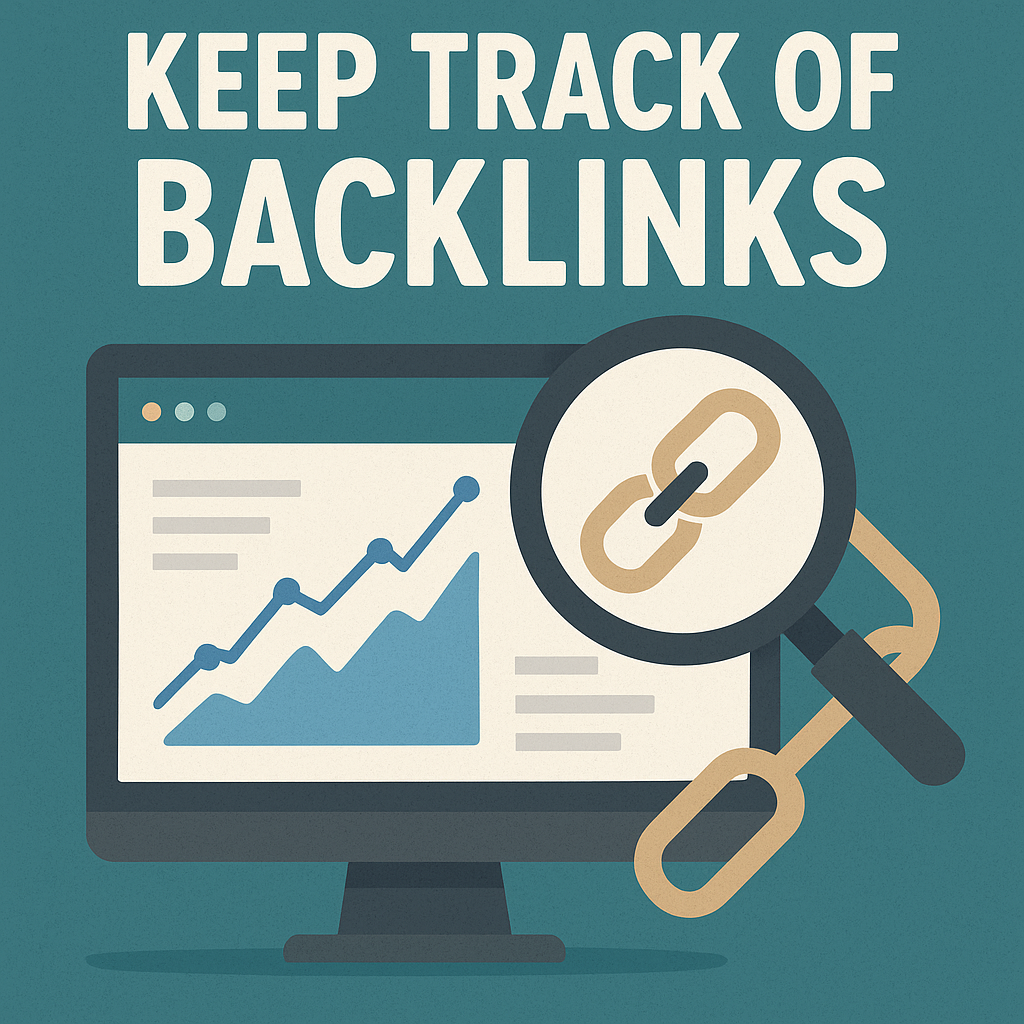
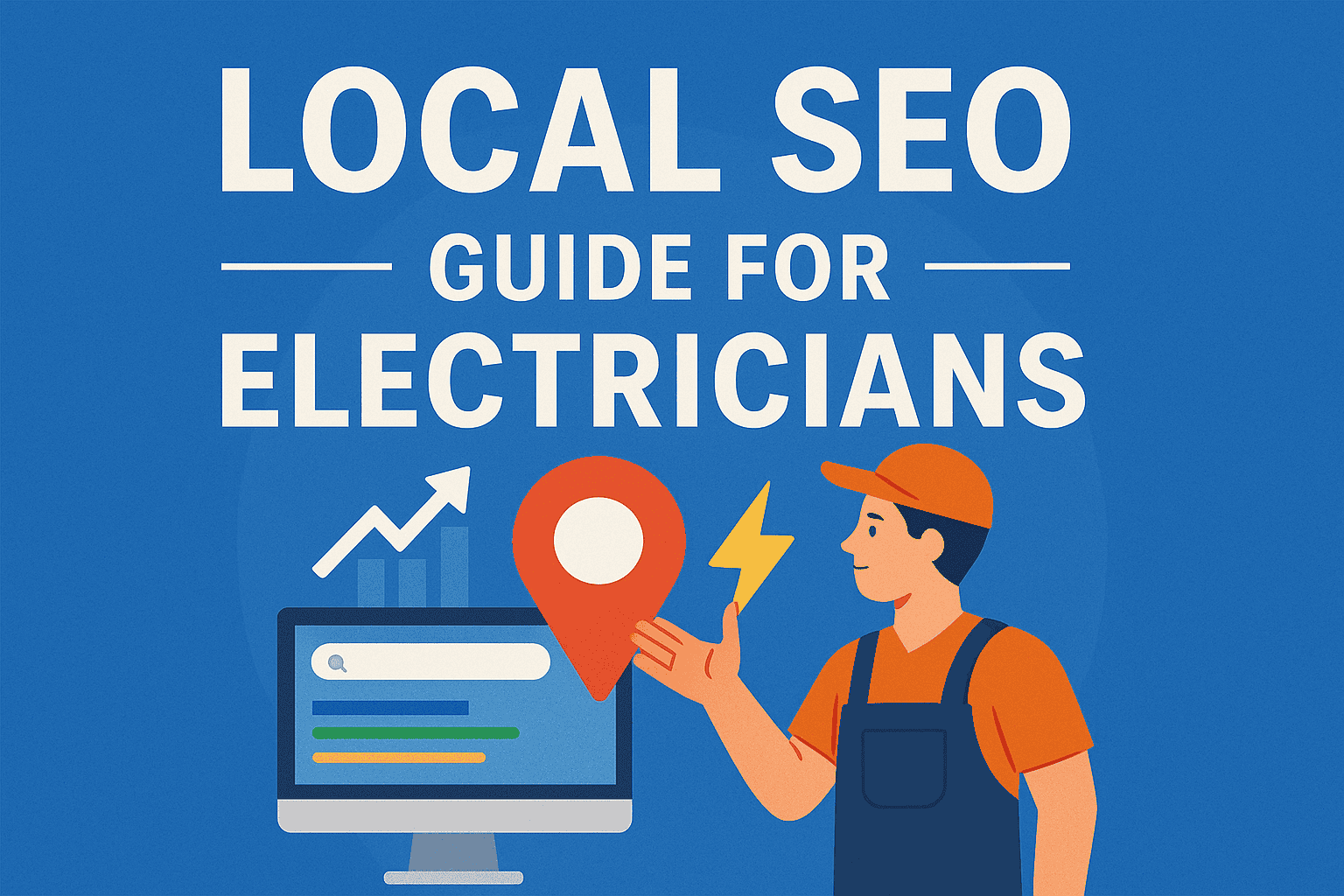
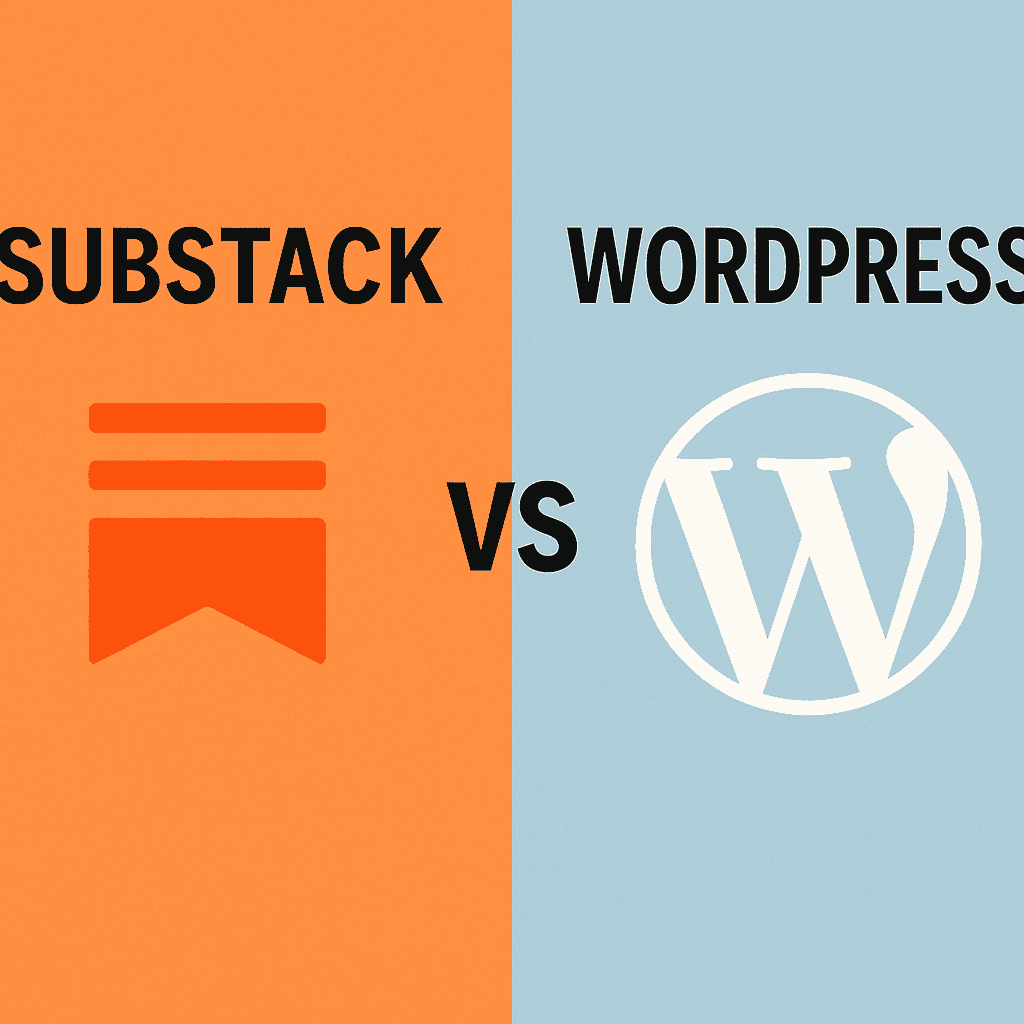

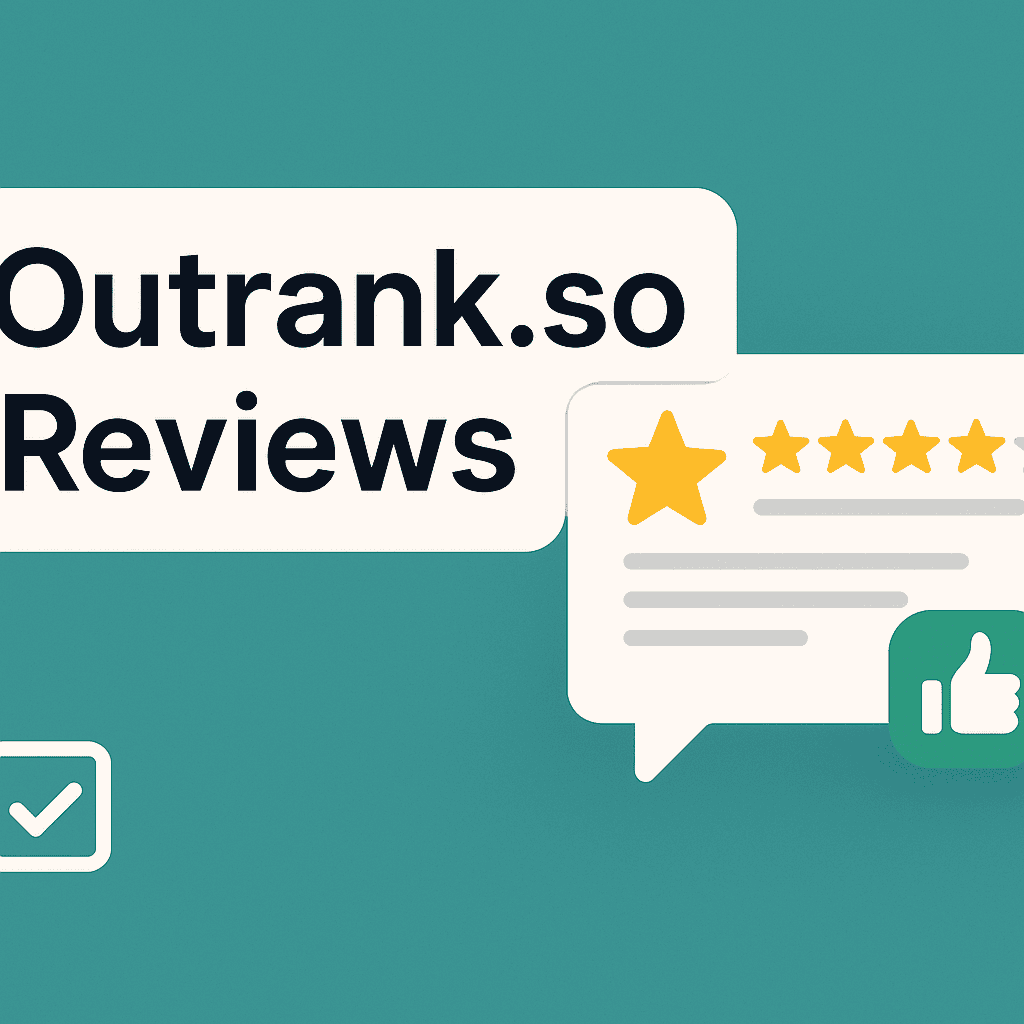

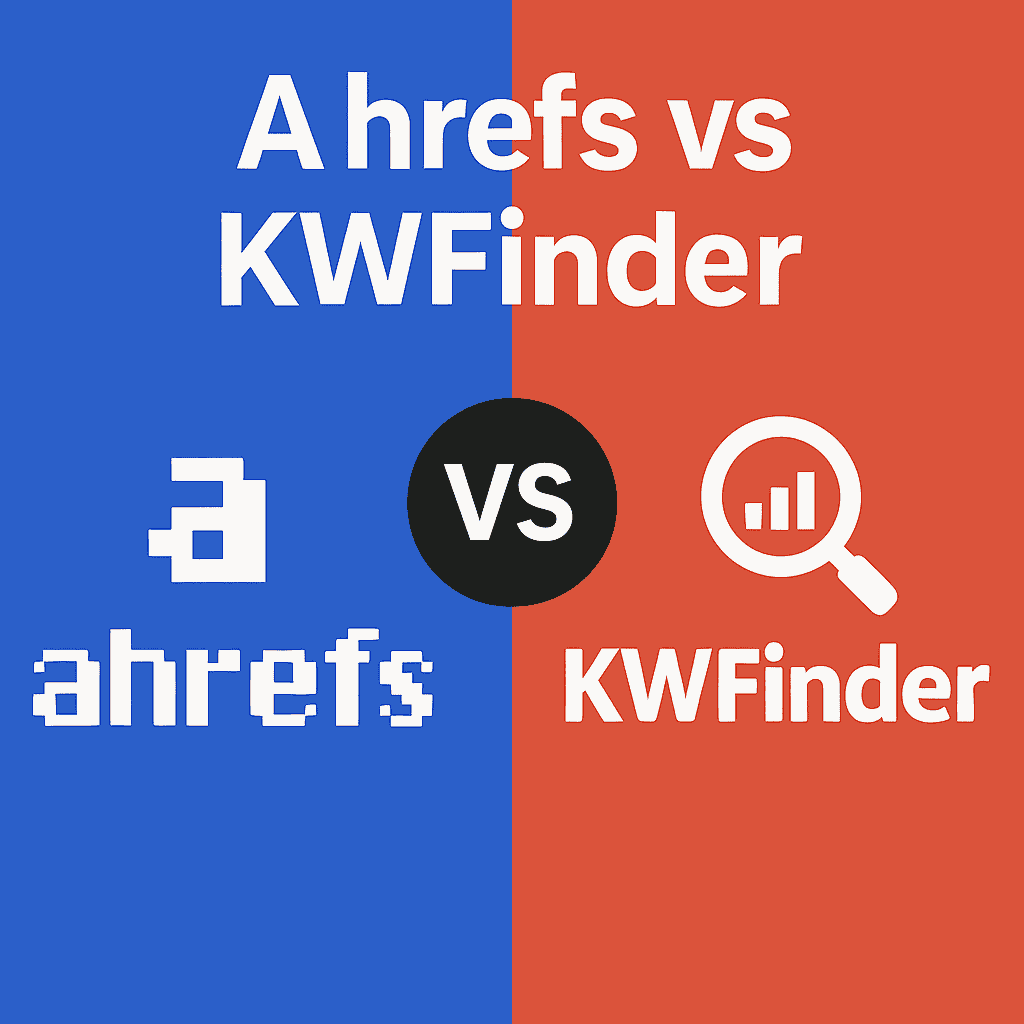


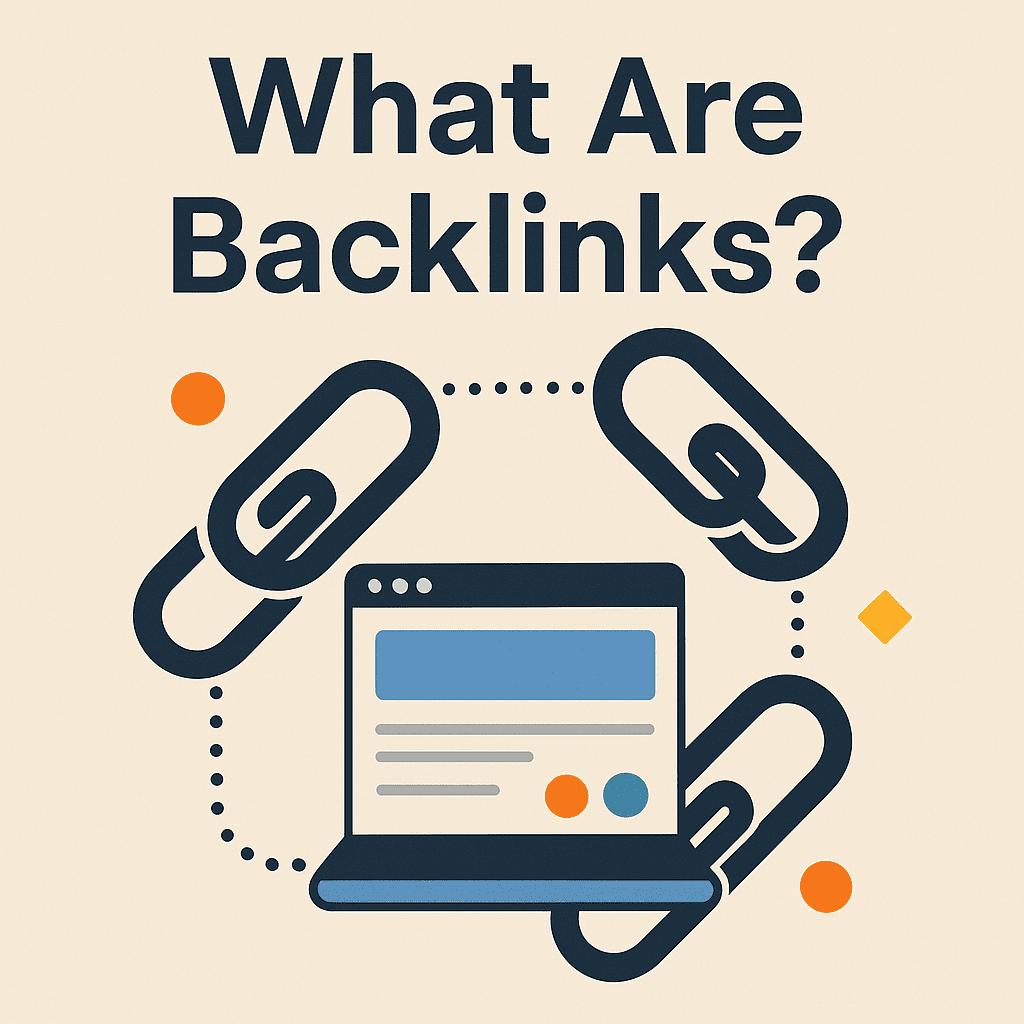


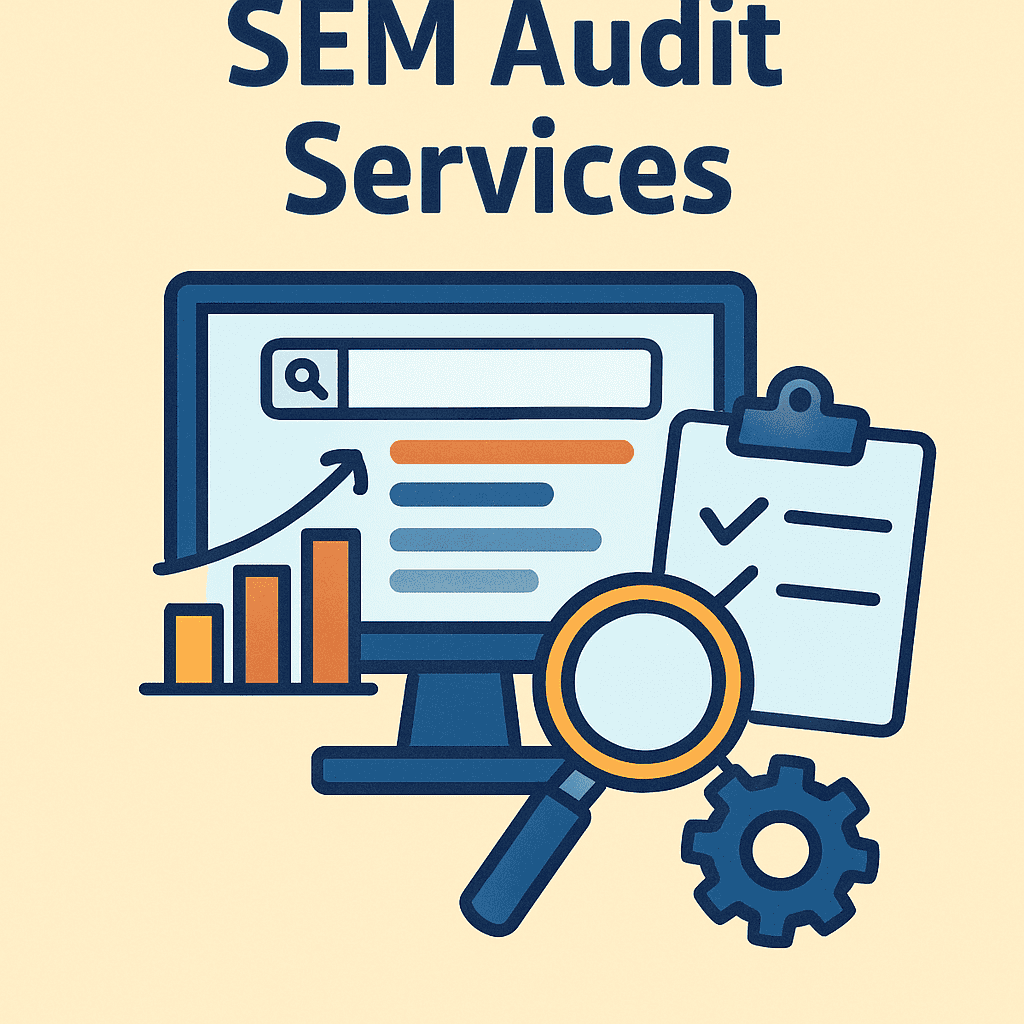







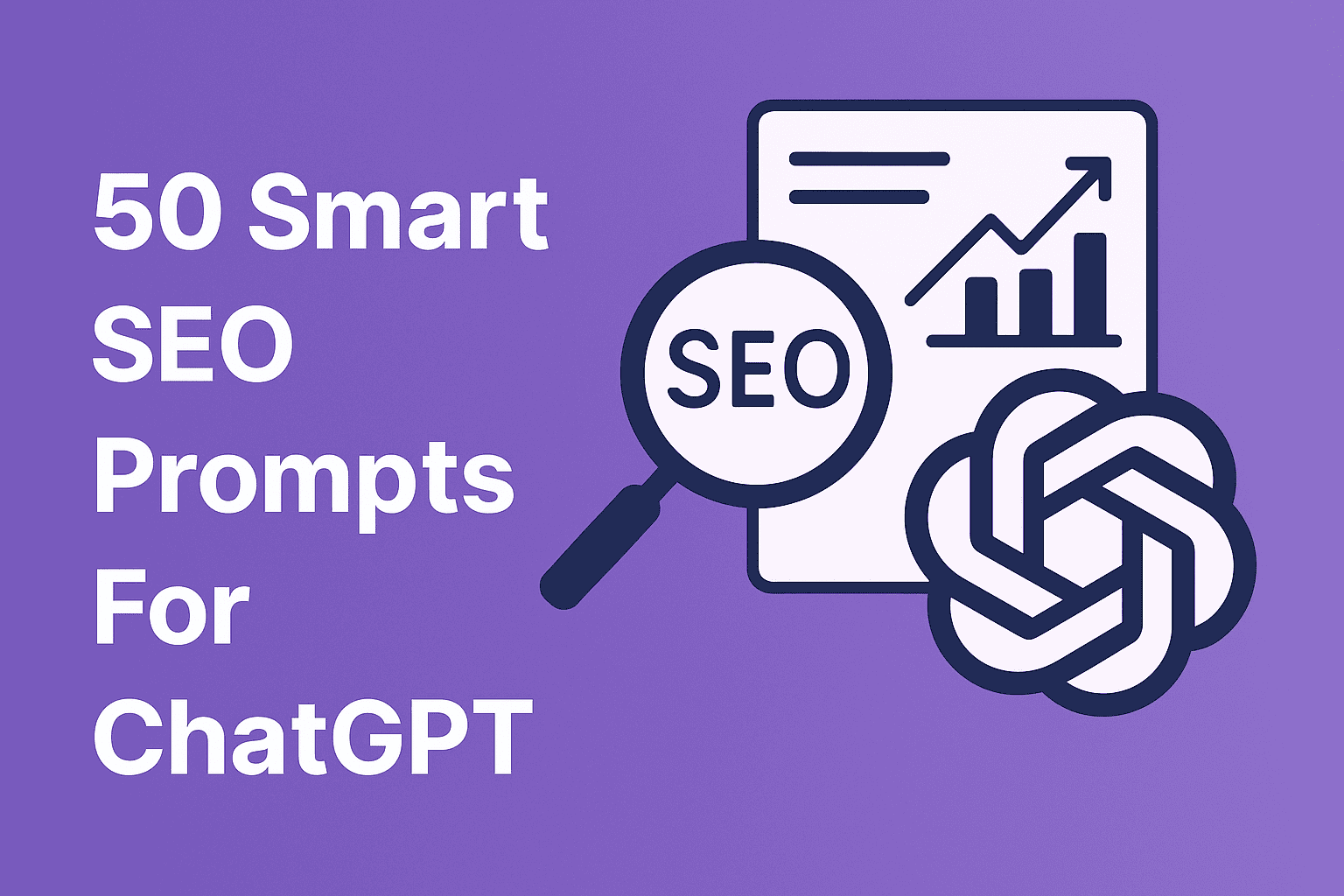
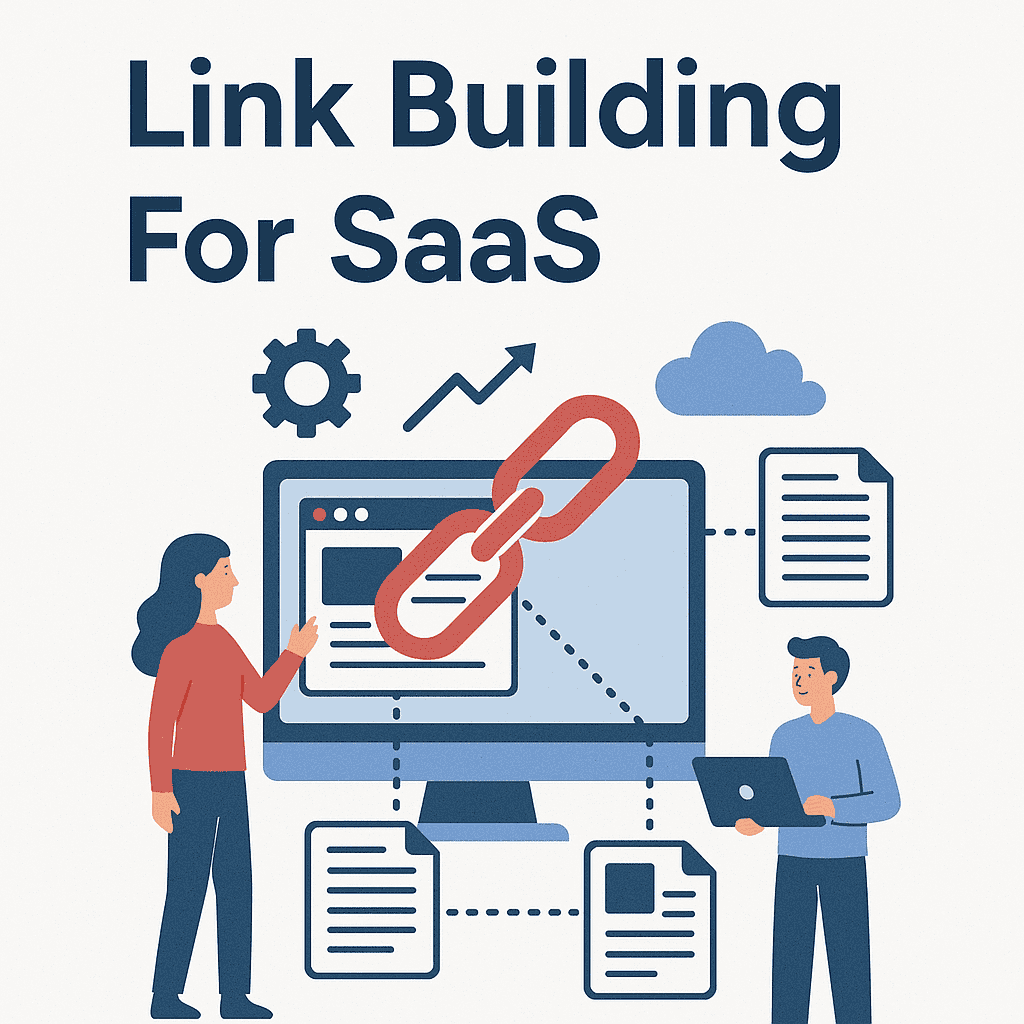
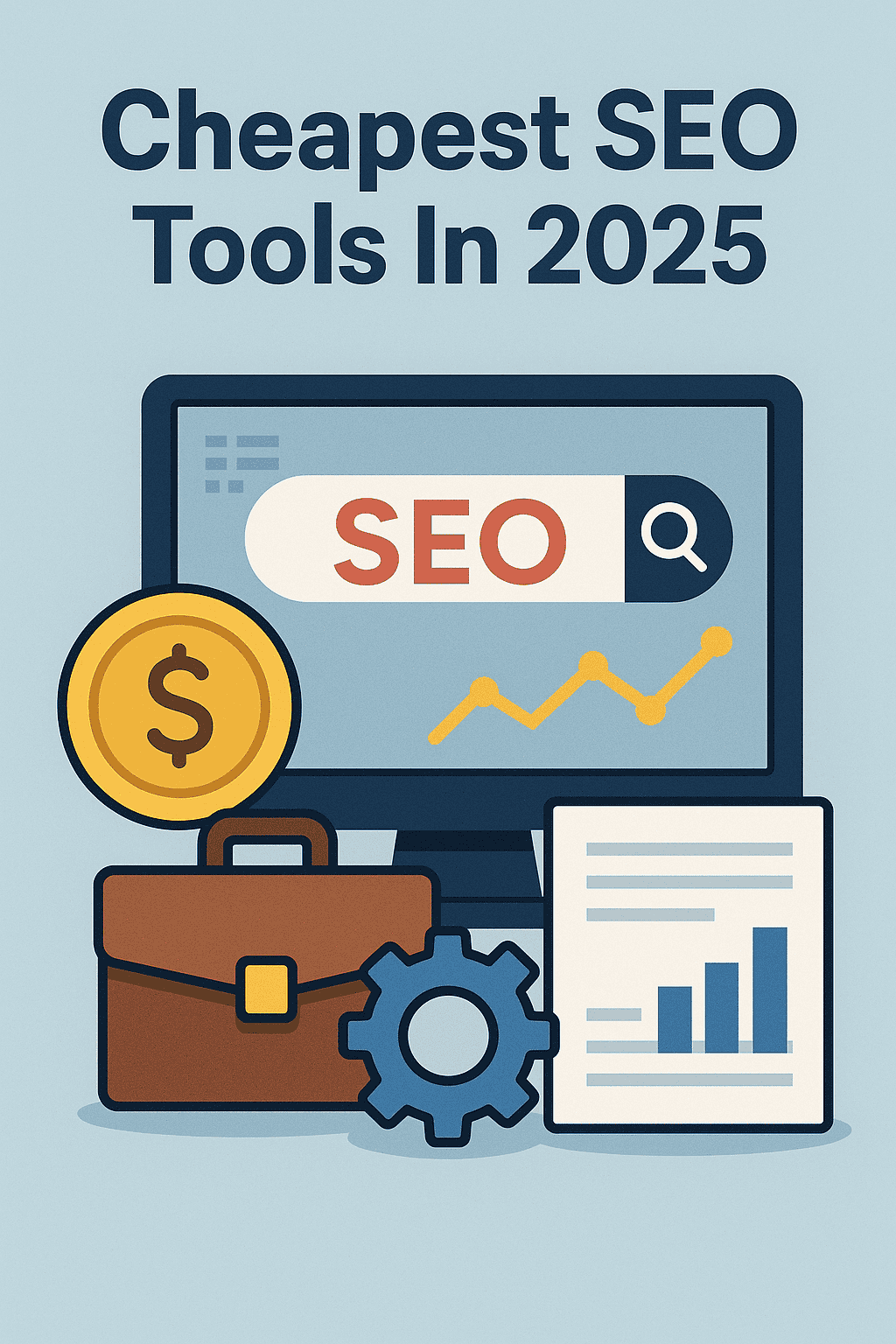
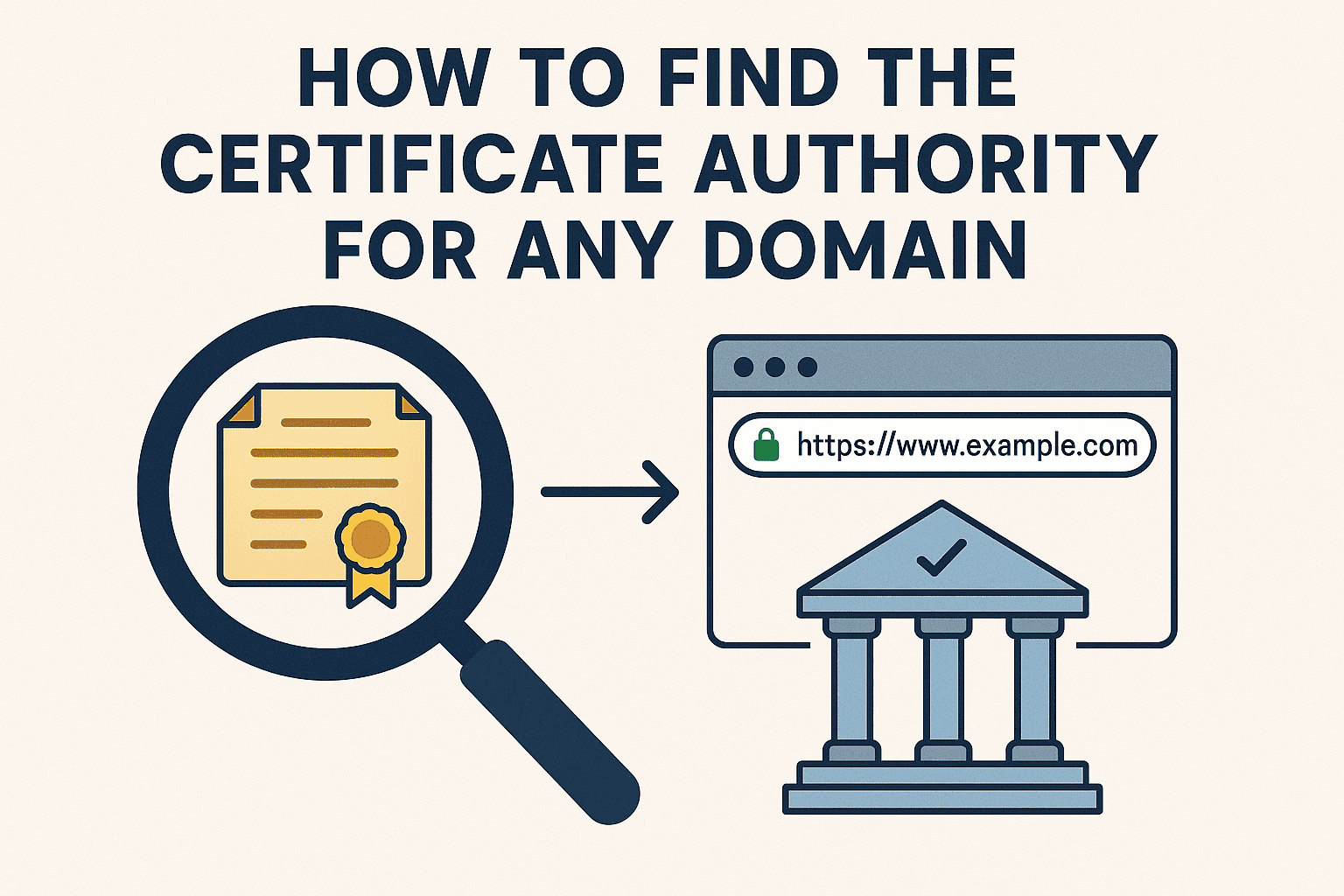


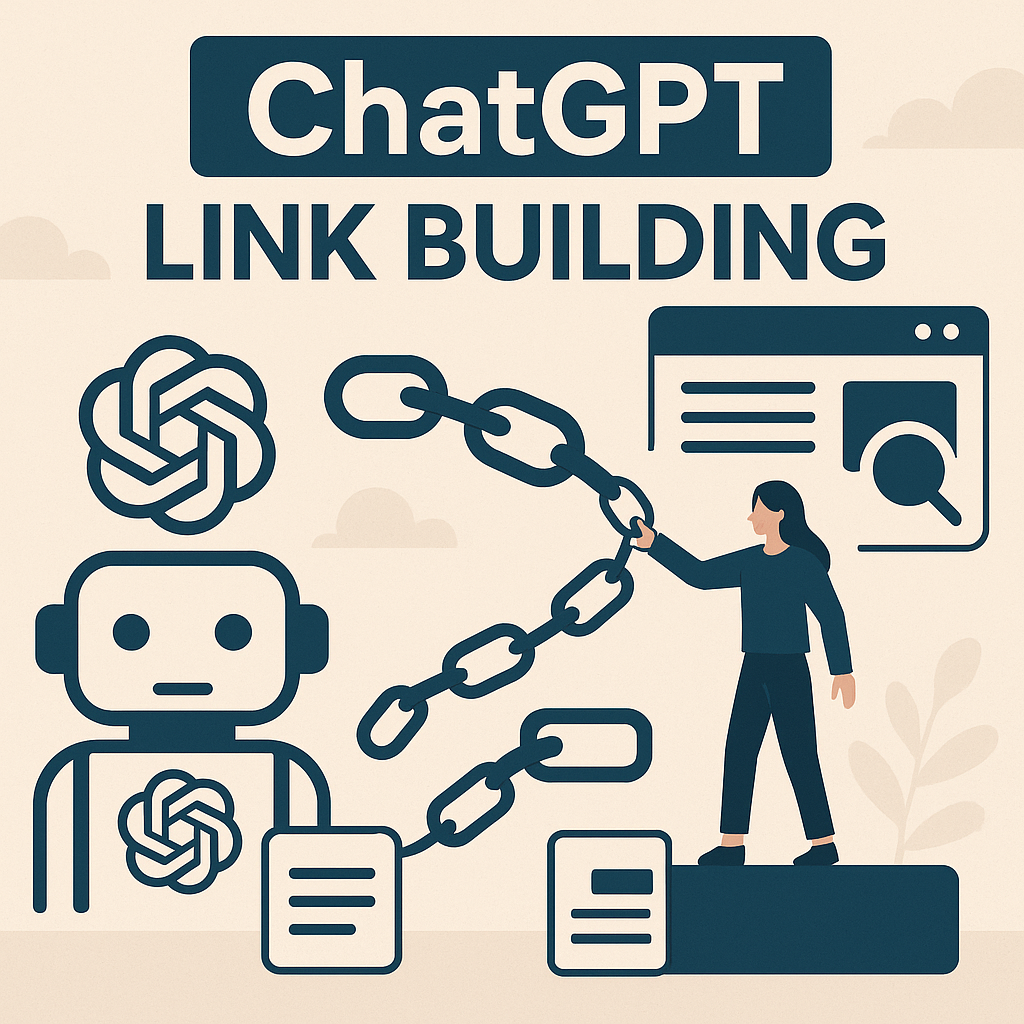
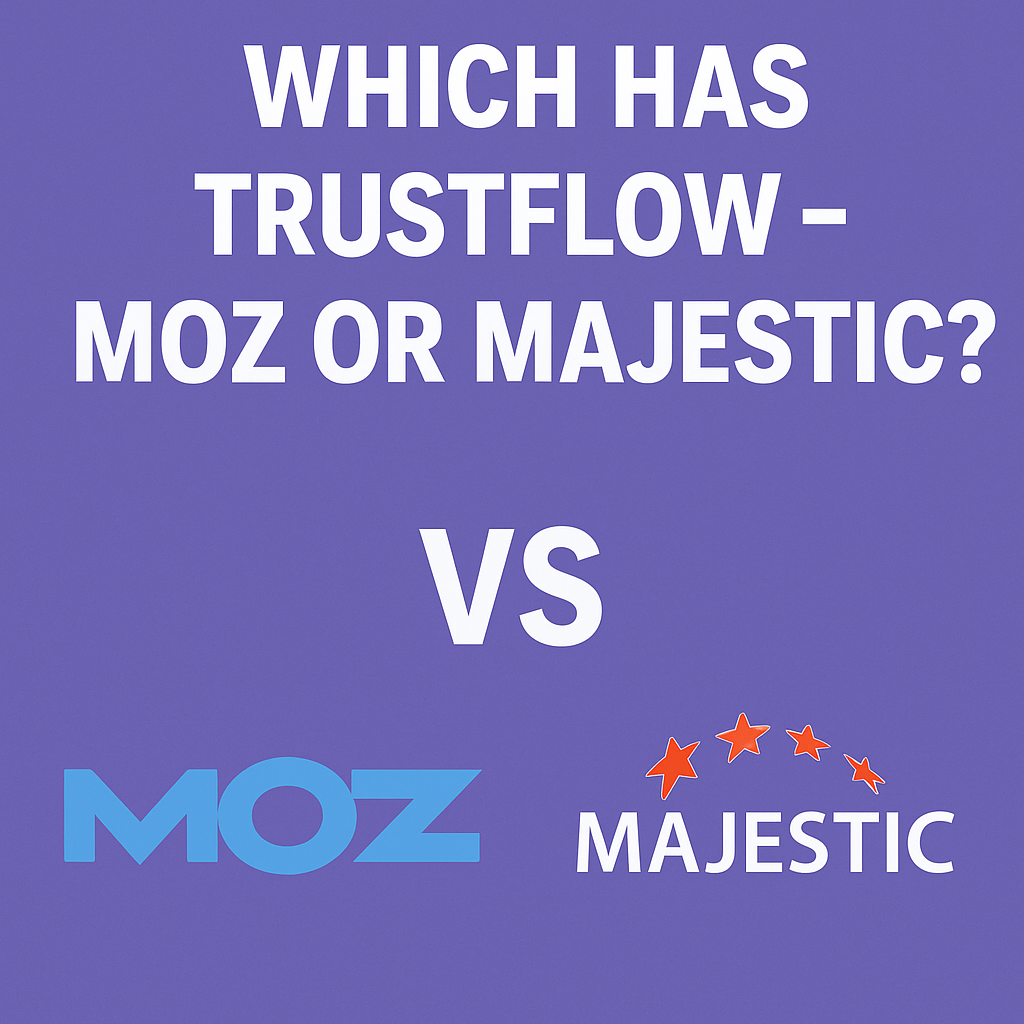


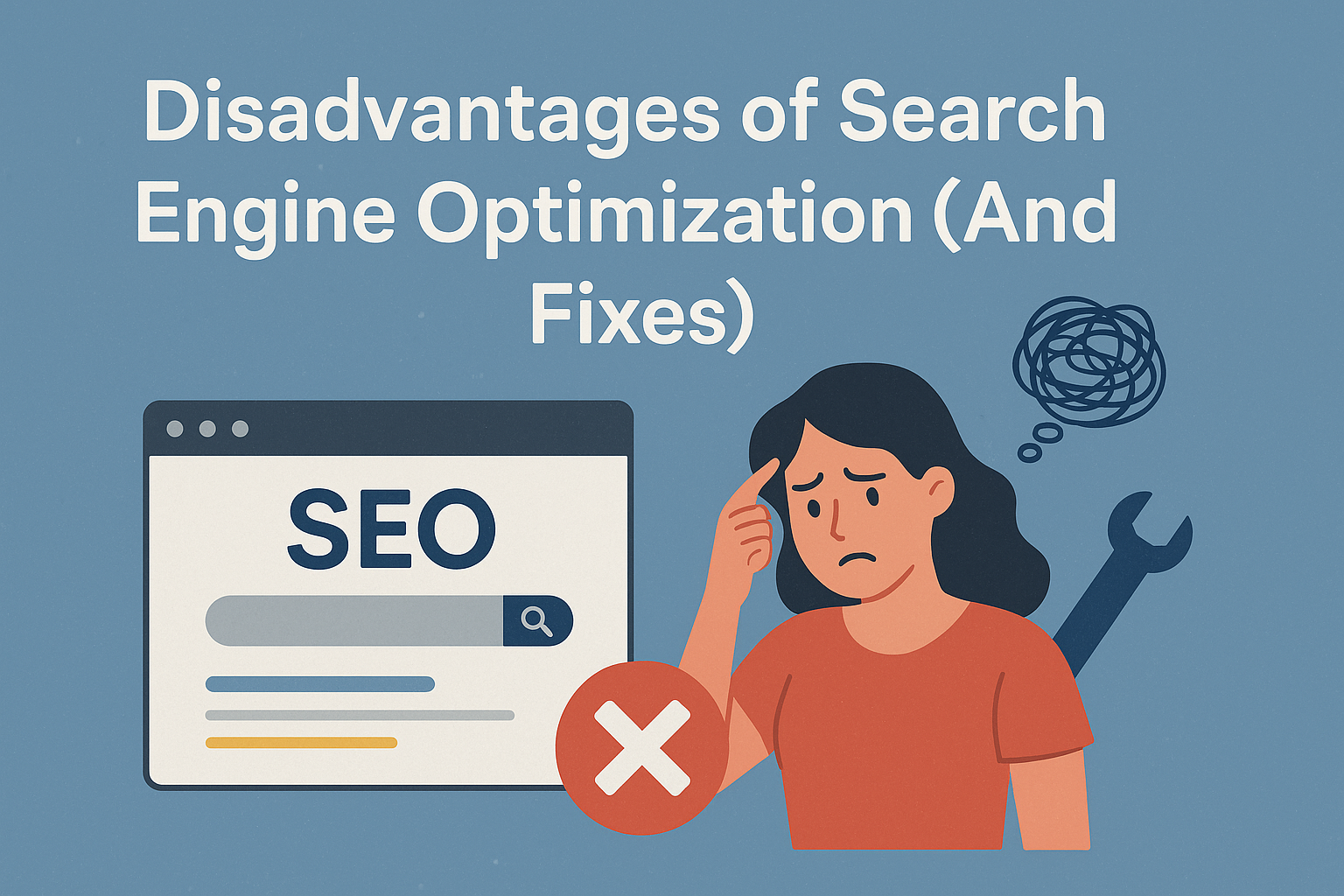



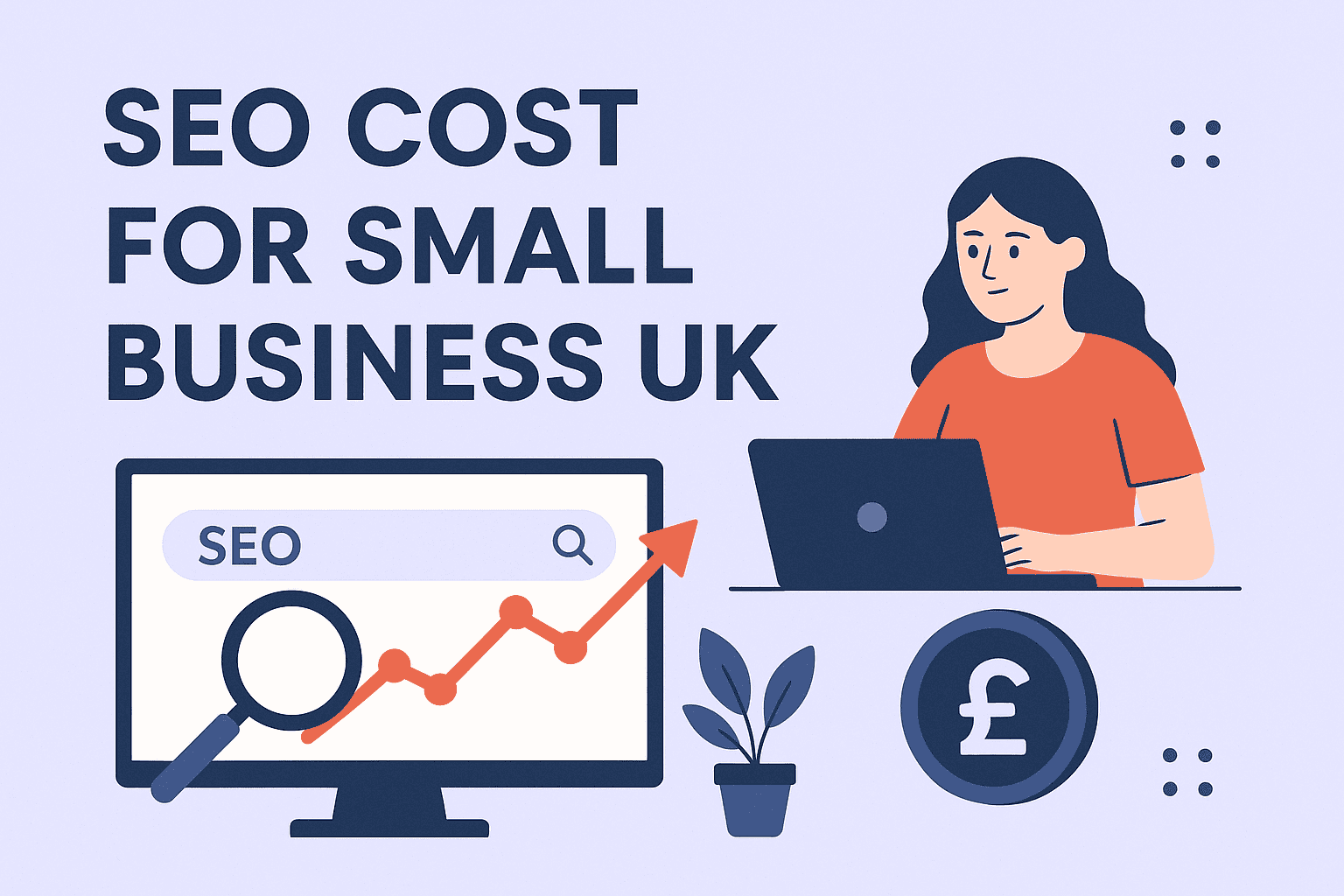
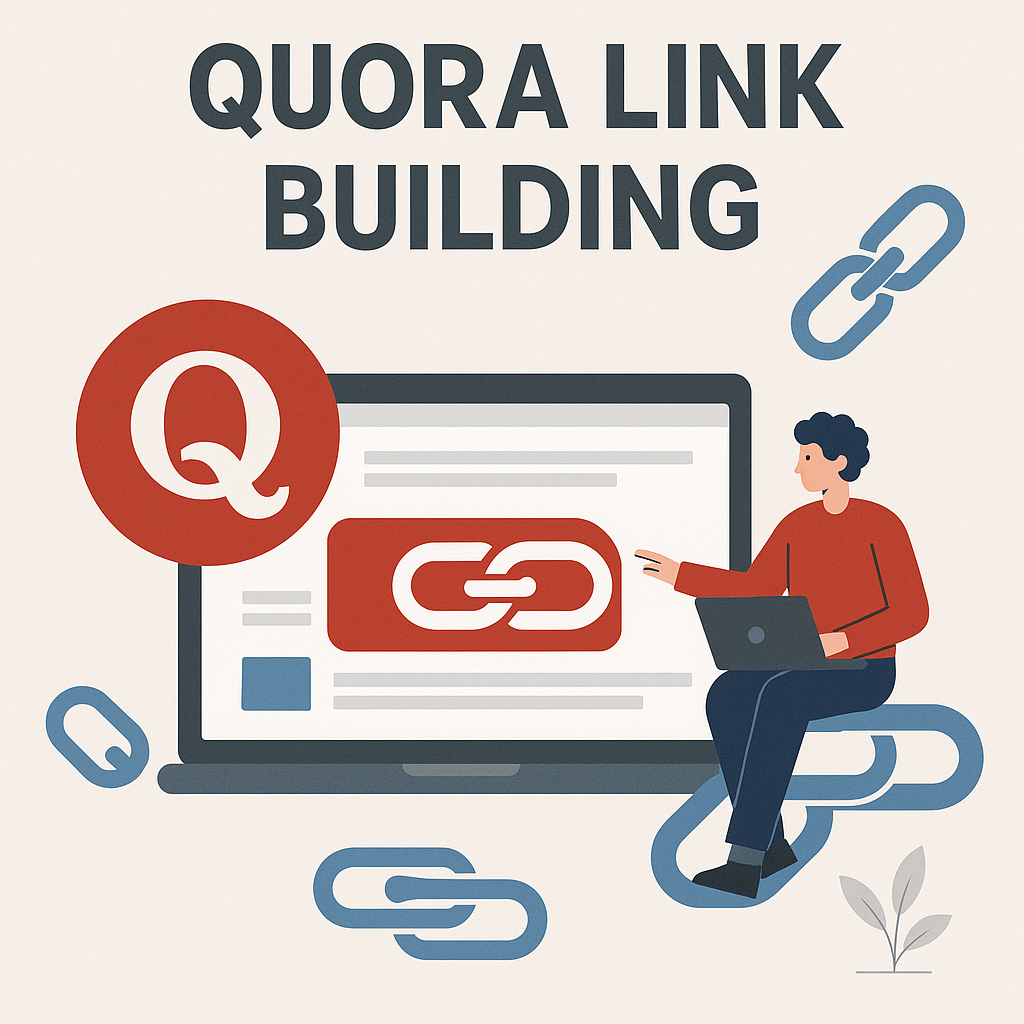
![How Many Outbound Links Per Blog [2025 Updated]](https://backlinkmanagement.io/wp-content/uploads/2025/06/How-Many-Outbound-Links-Per-Blog.png)
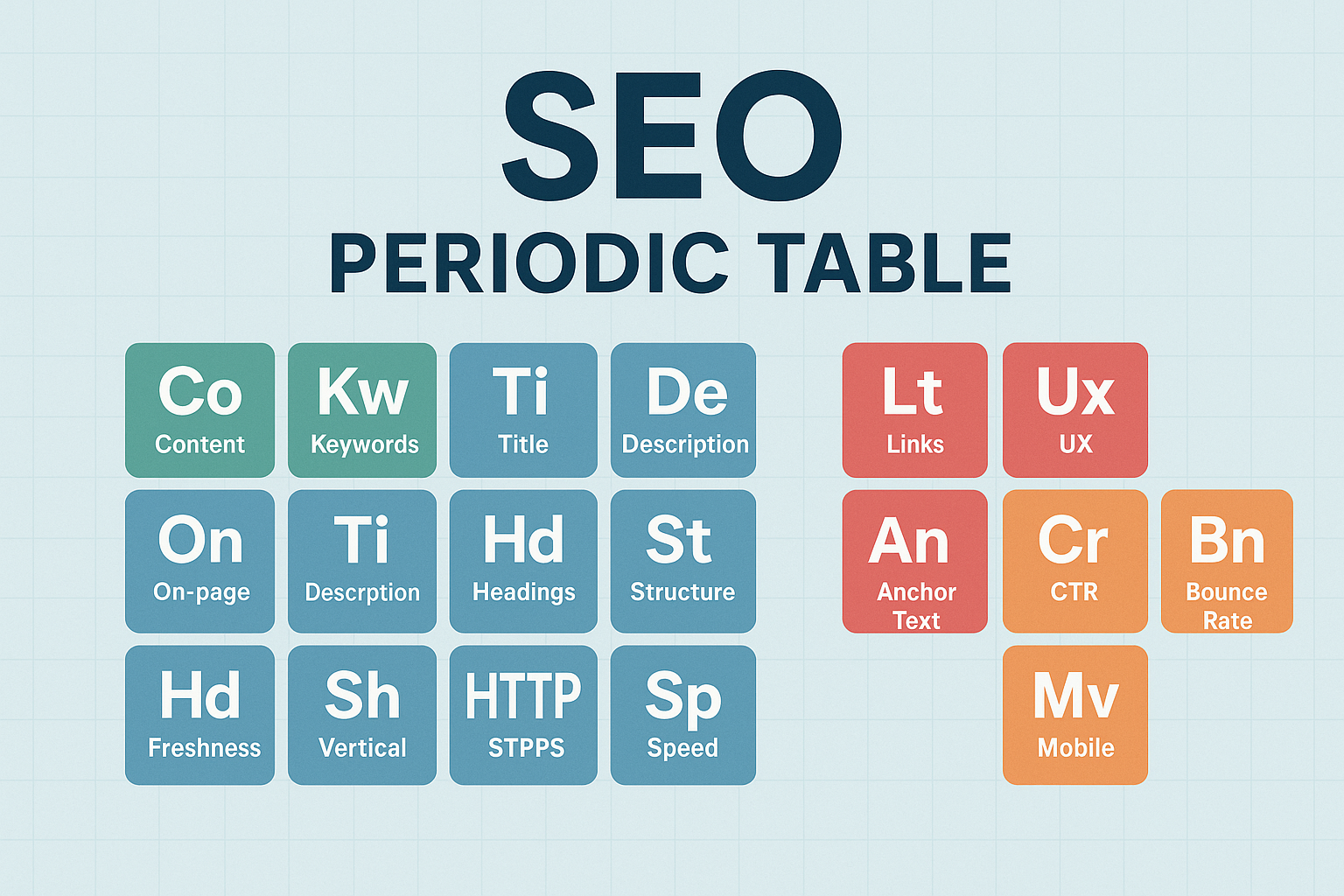

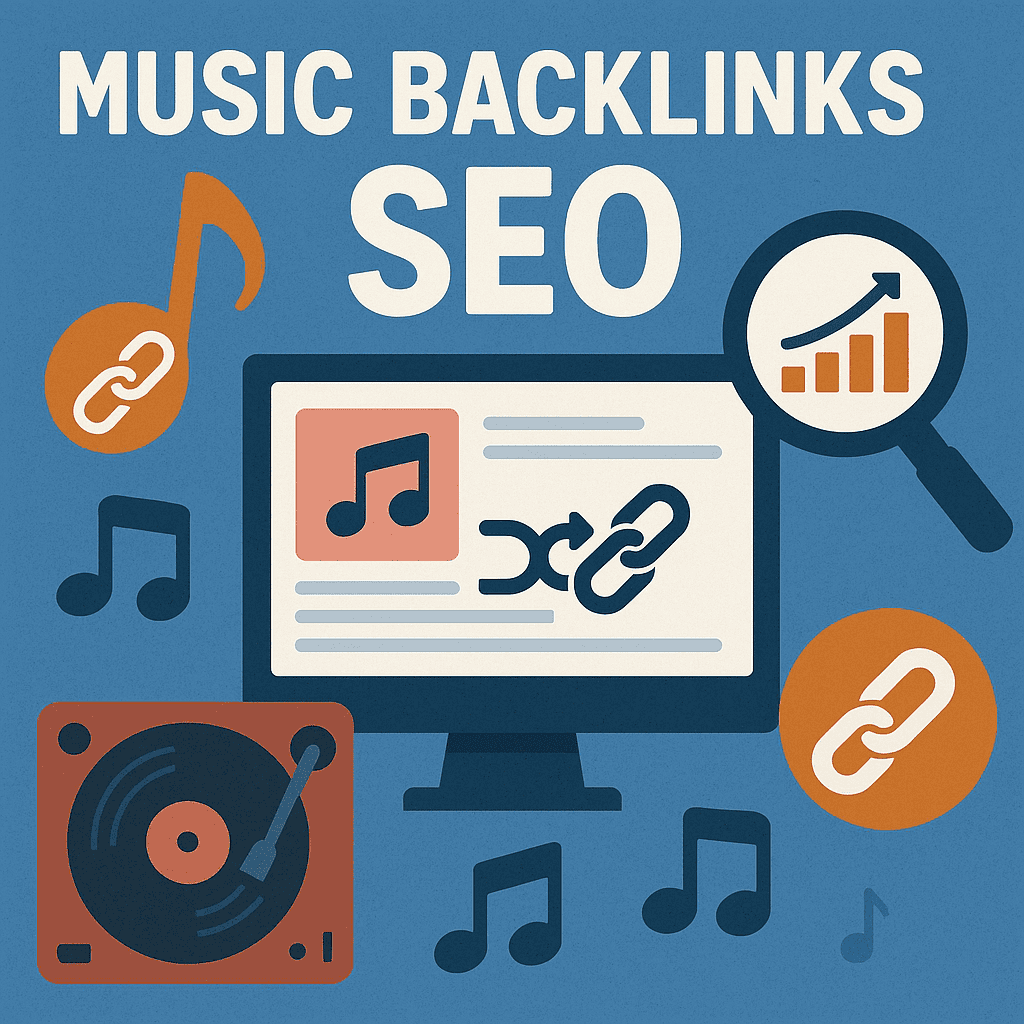
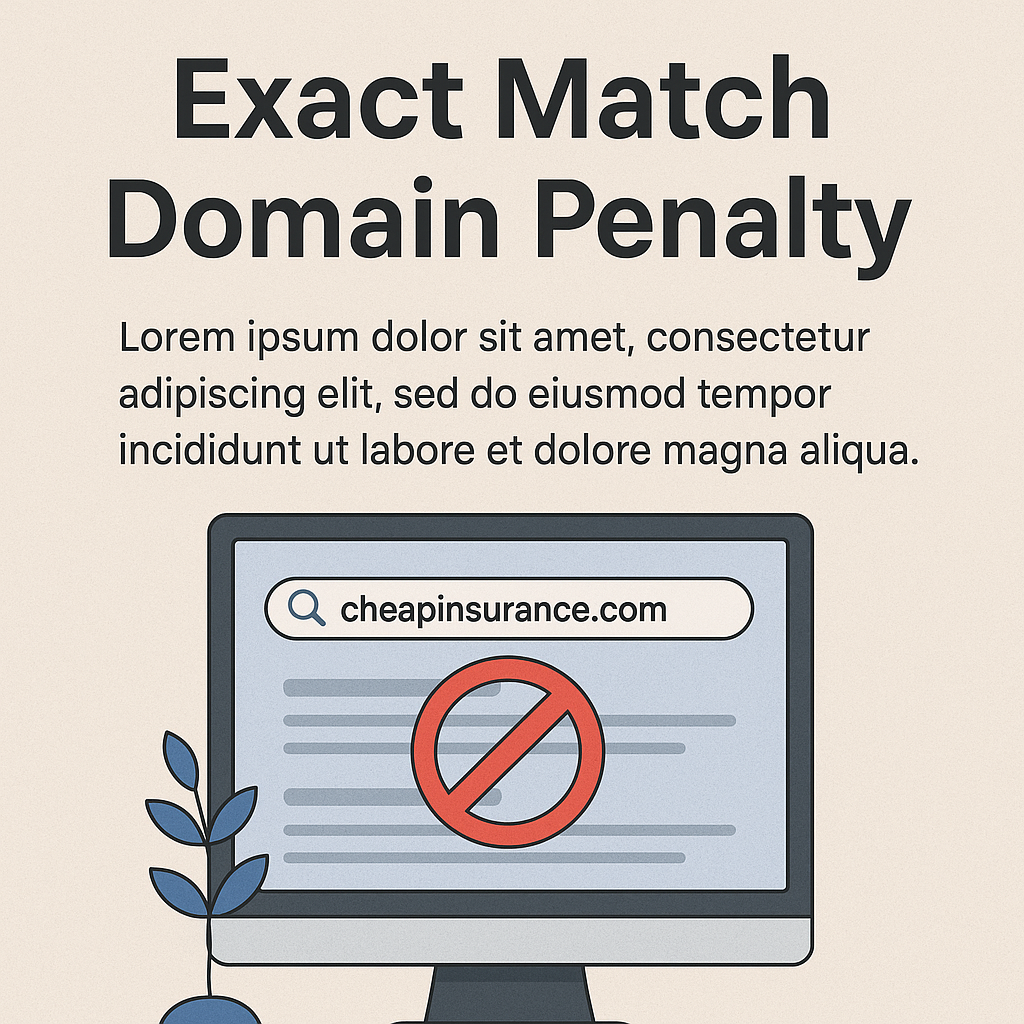
![B2B and B2C Website Examples [2025 Updated]](https://backlinkmanagement.io/wp-content/uploads/2025/05/B2B-and-B2C-Website-Example-.png)
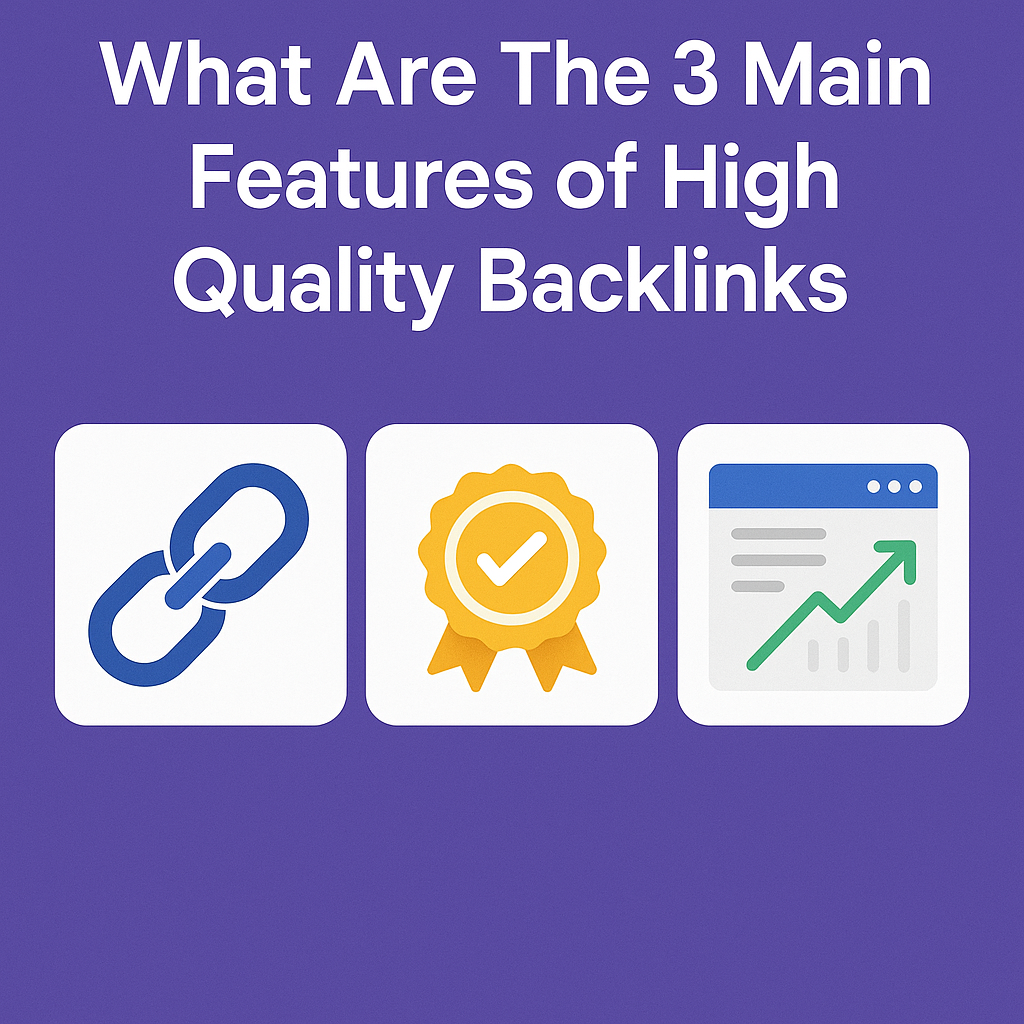
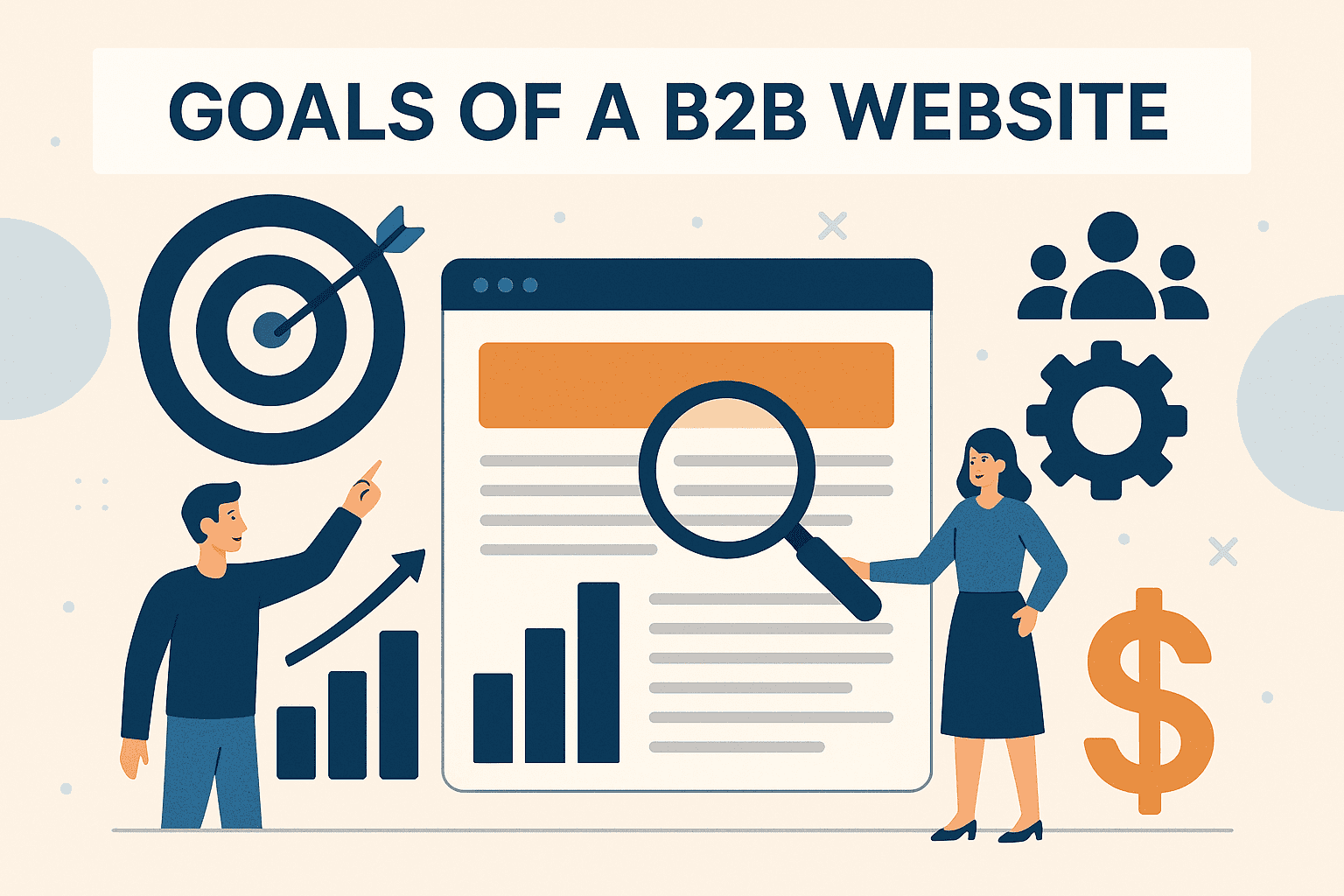
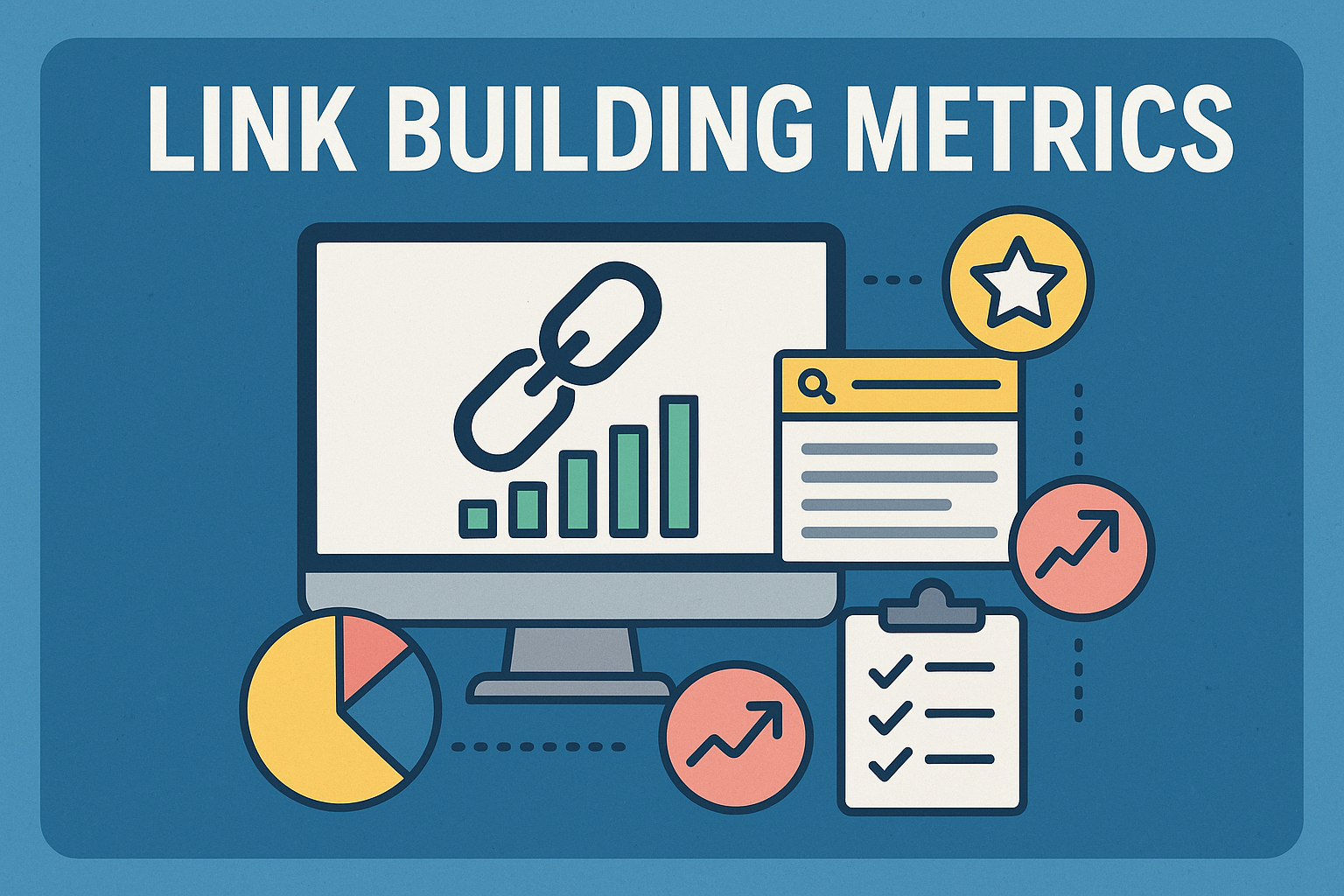
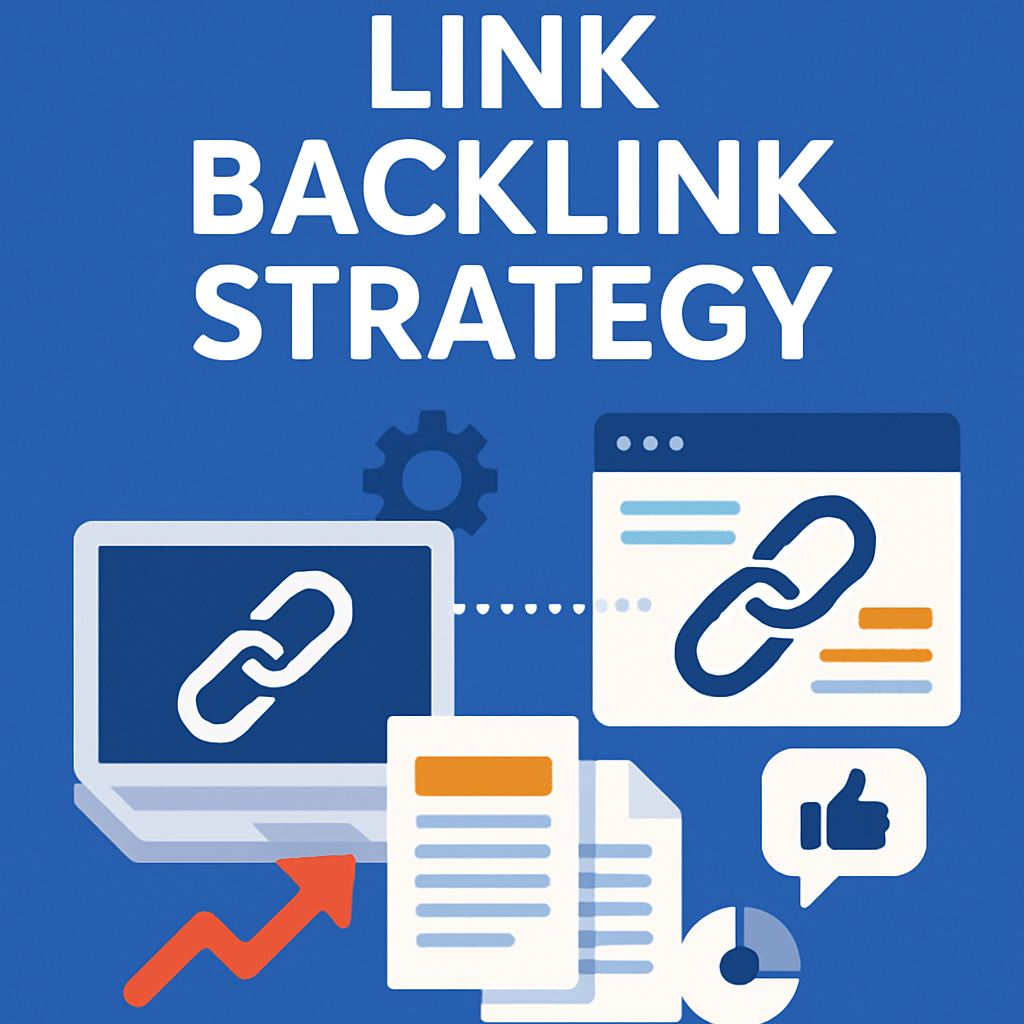
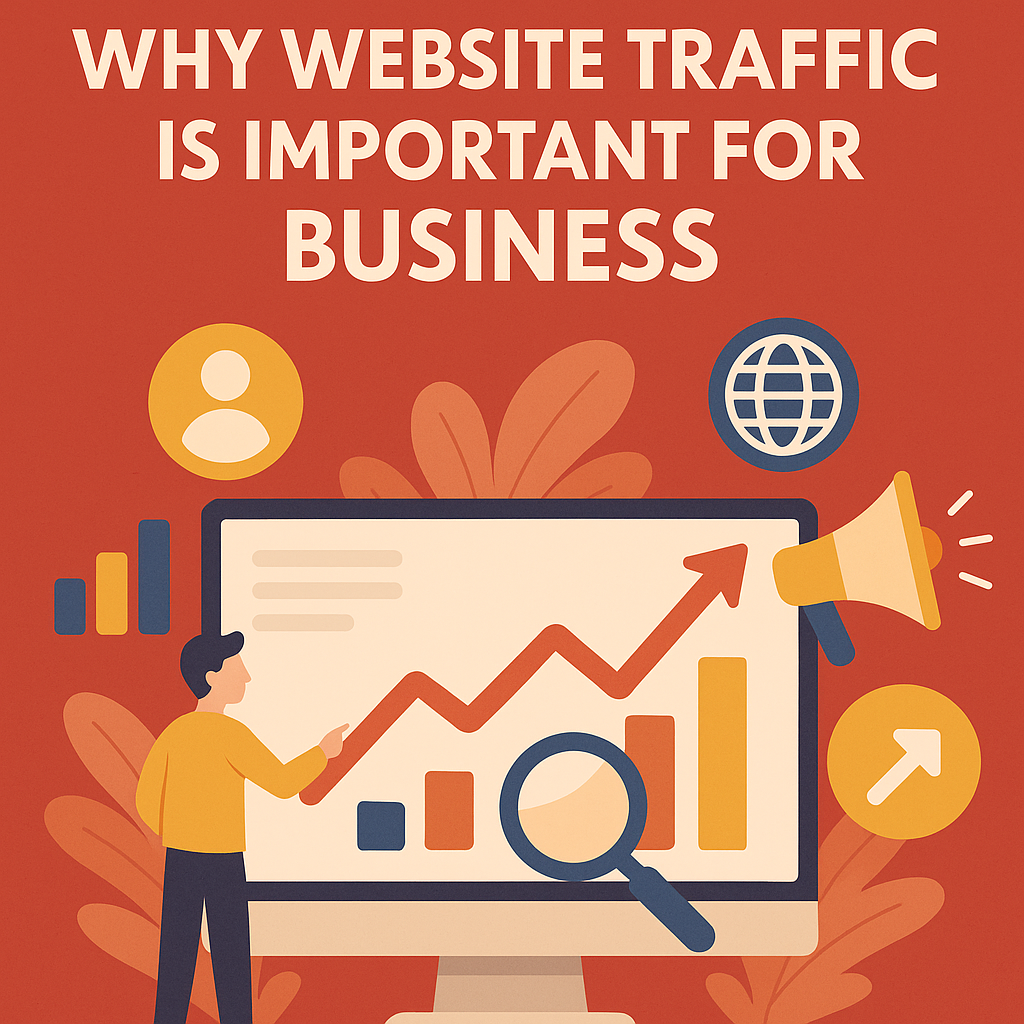

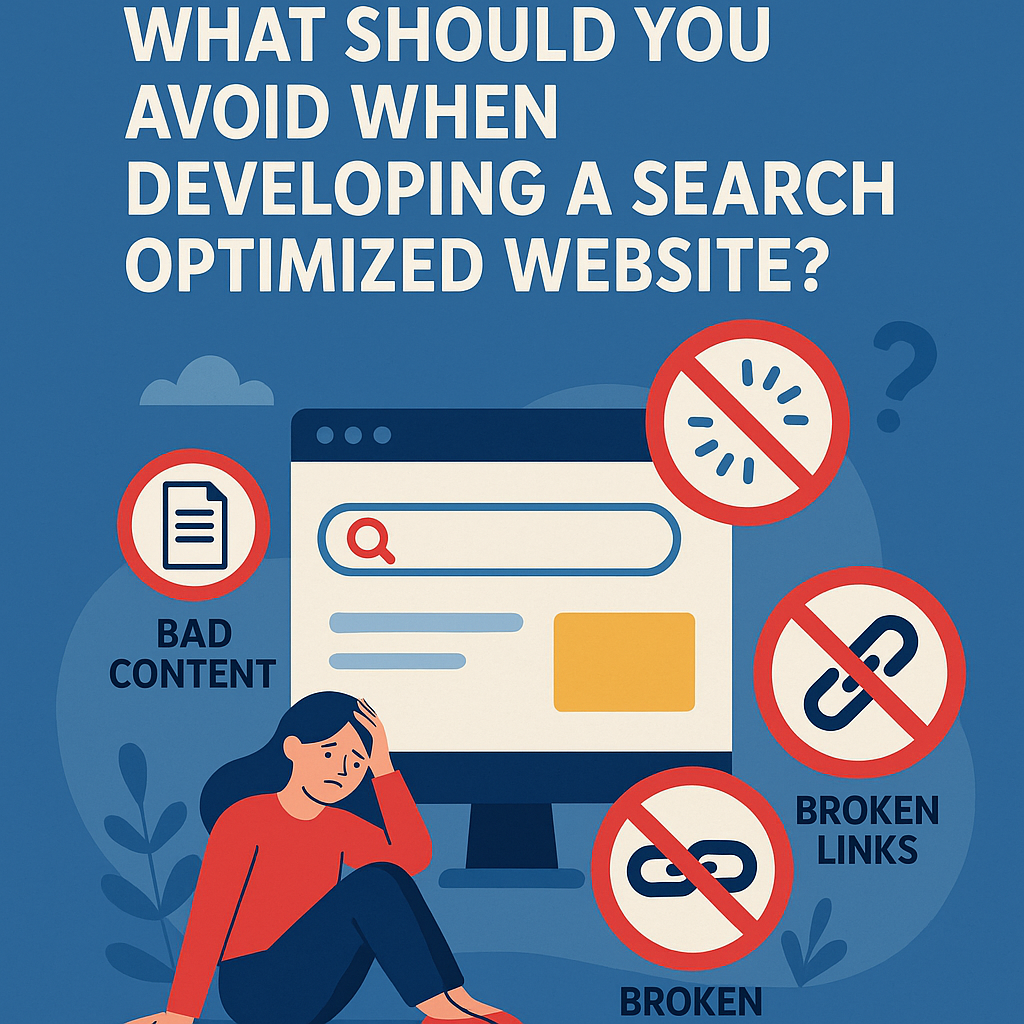
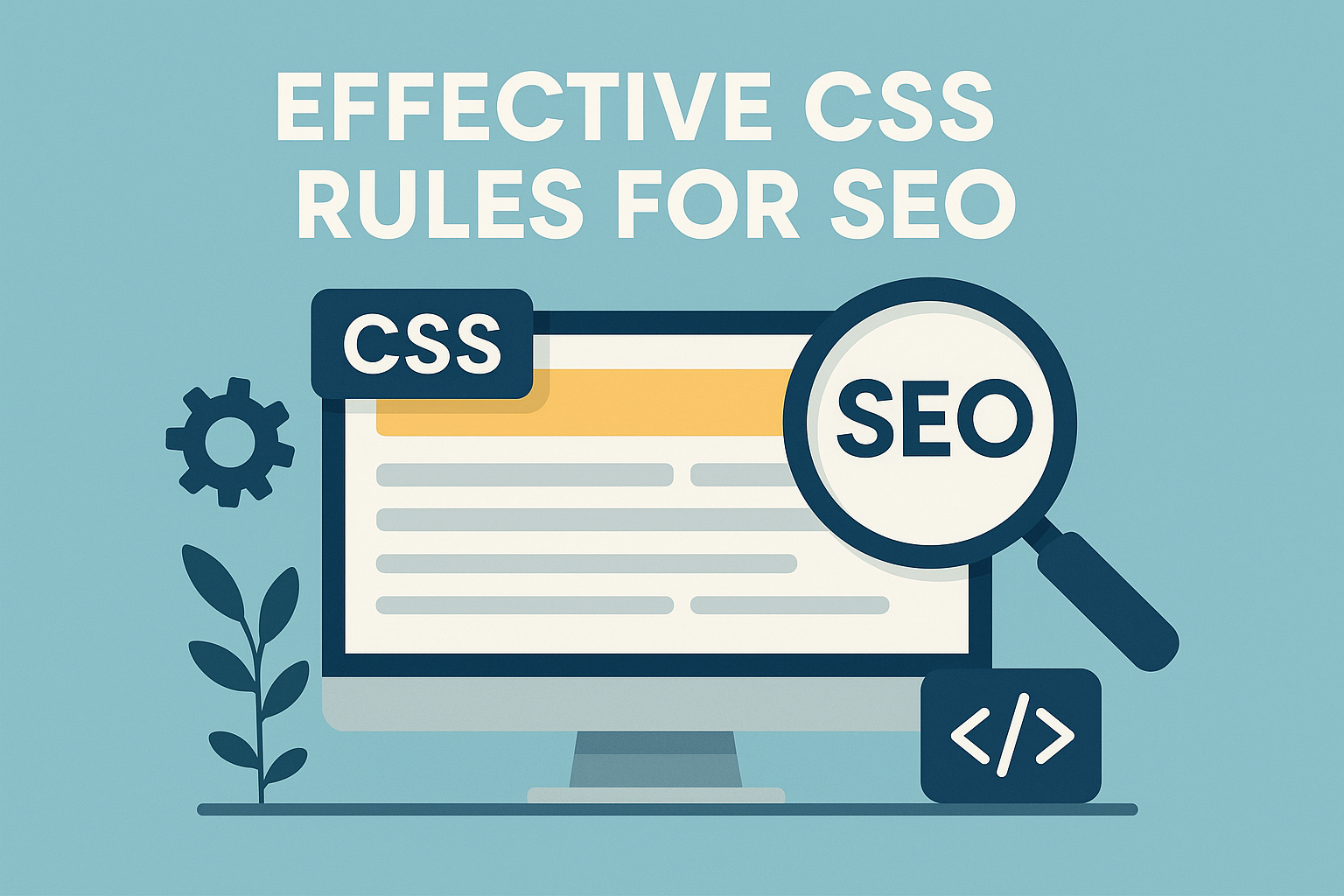

![What To Do After Keyword Research [2025 Guide]](https://backlinkmanagement.io/wp-content/uploads/2025/05/What-To-Do-After-Keyword-Research.png)
![Is Page Speed Really A Ranking Factor? [2025]](https://backlinkmanagement.io/wp-content/uploads/2025/05/Is-Page-Speed-Really-A-Ranking-Factor.png)
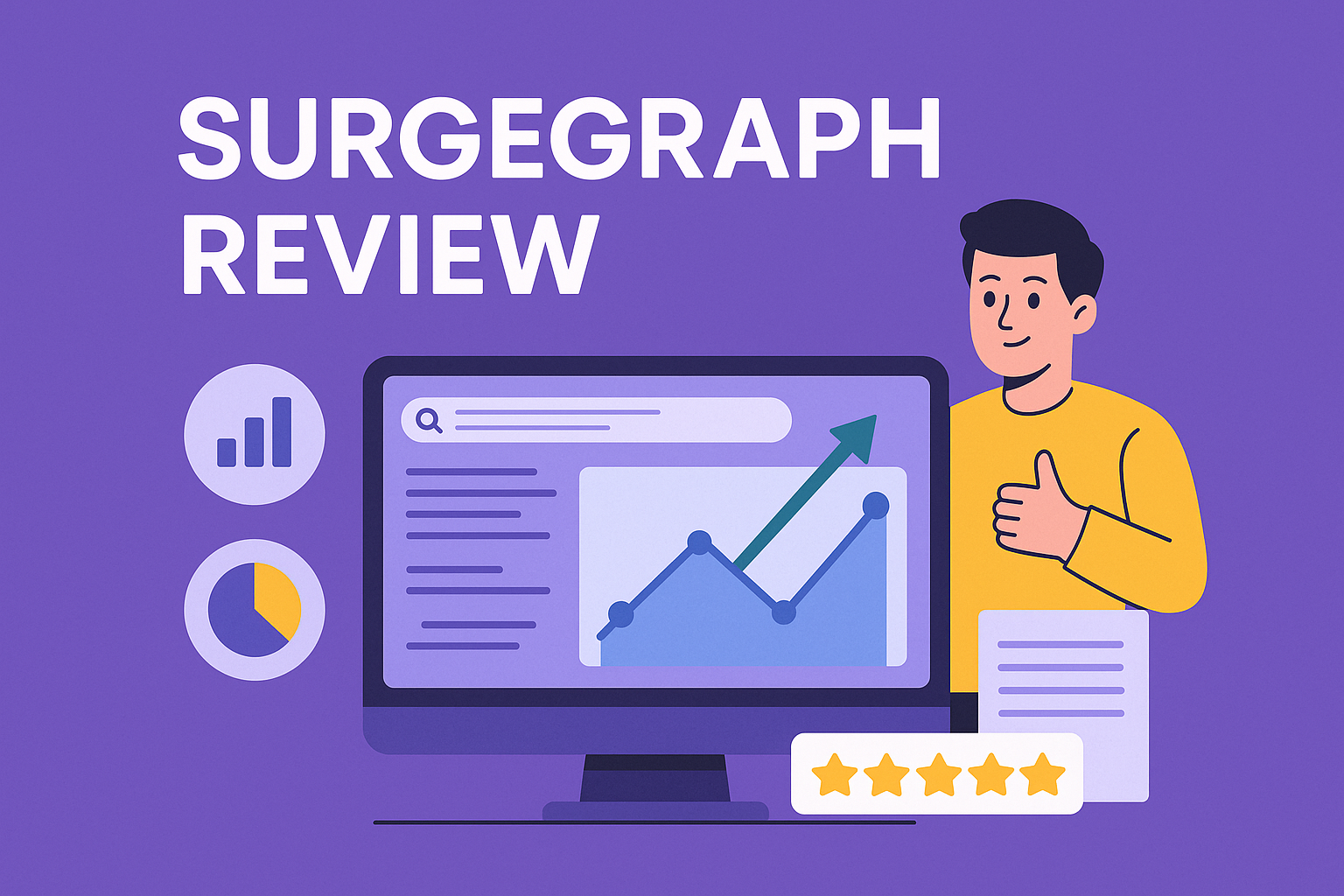





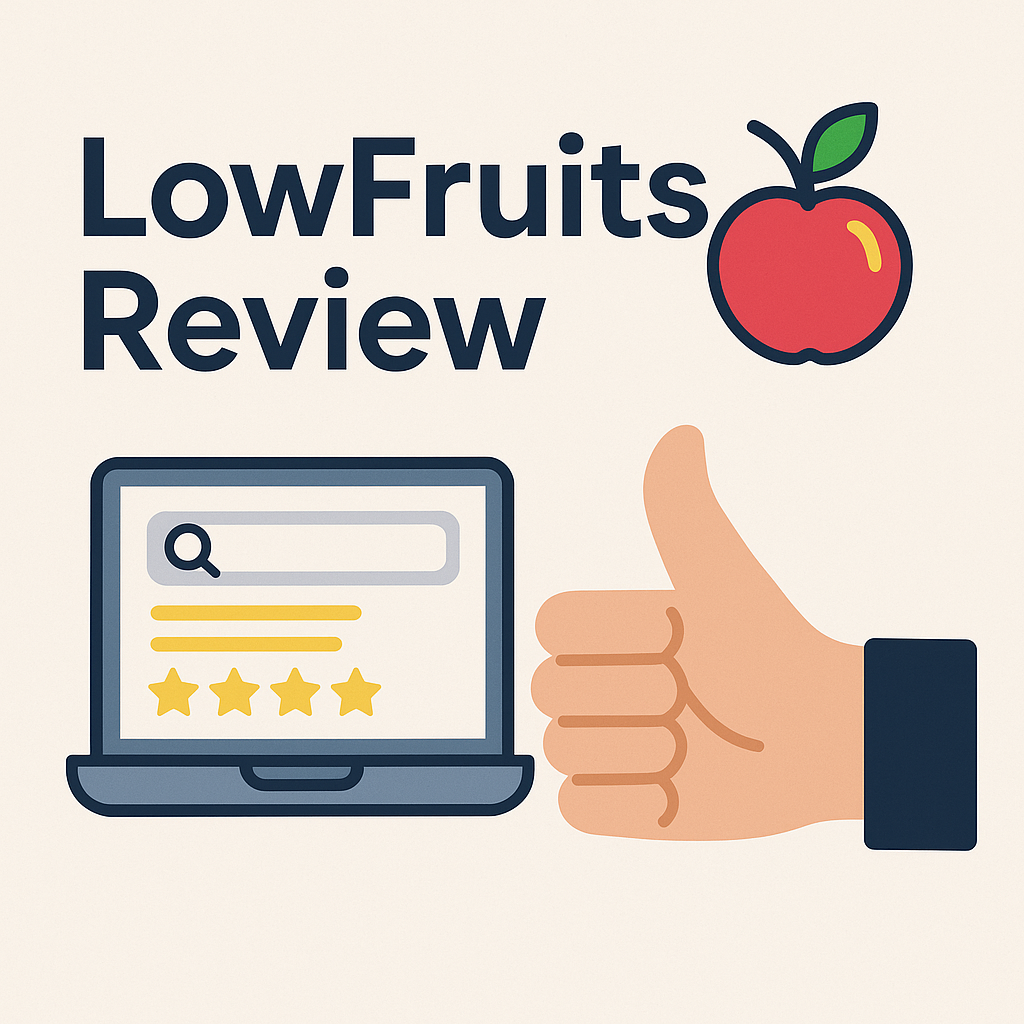
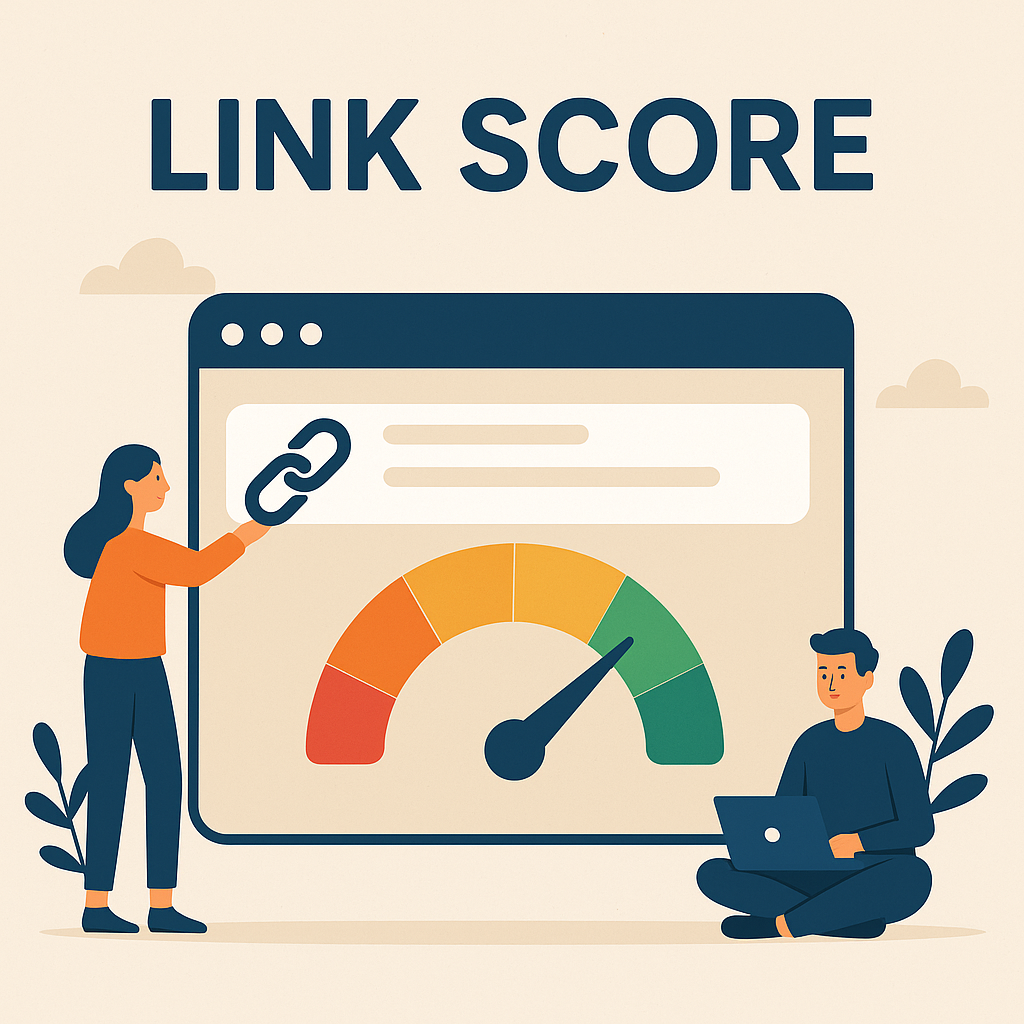
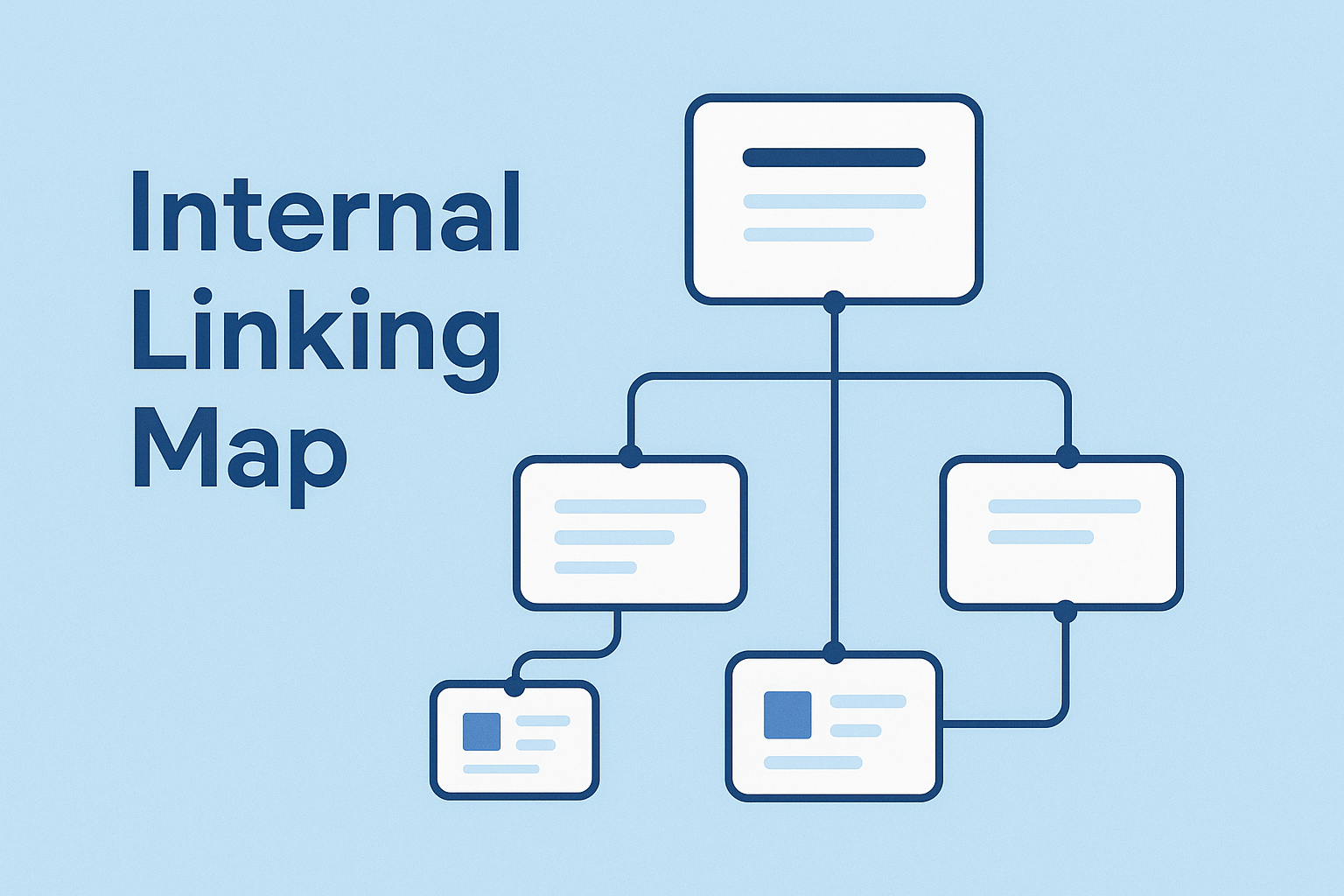

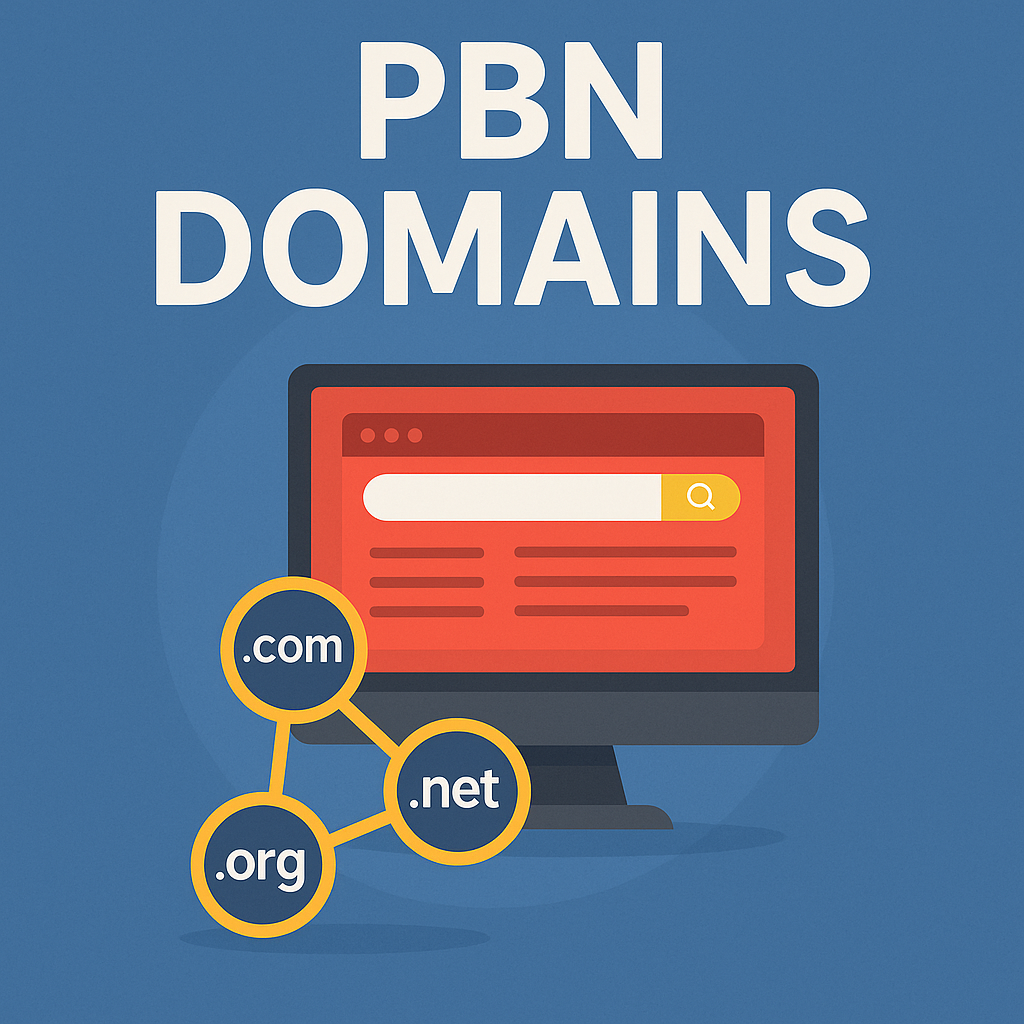
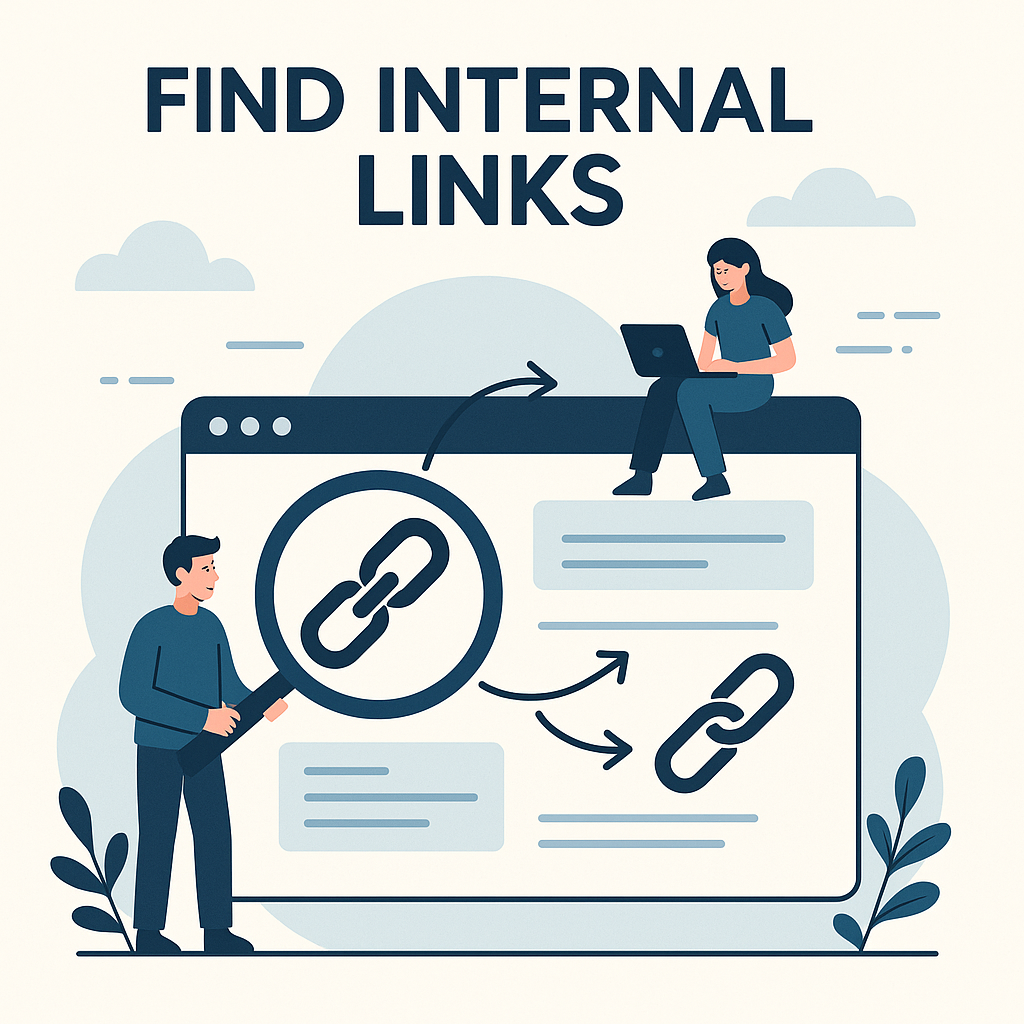
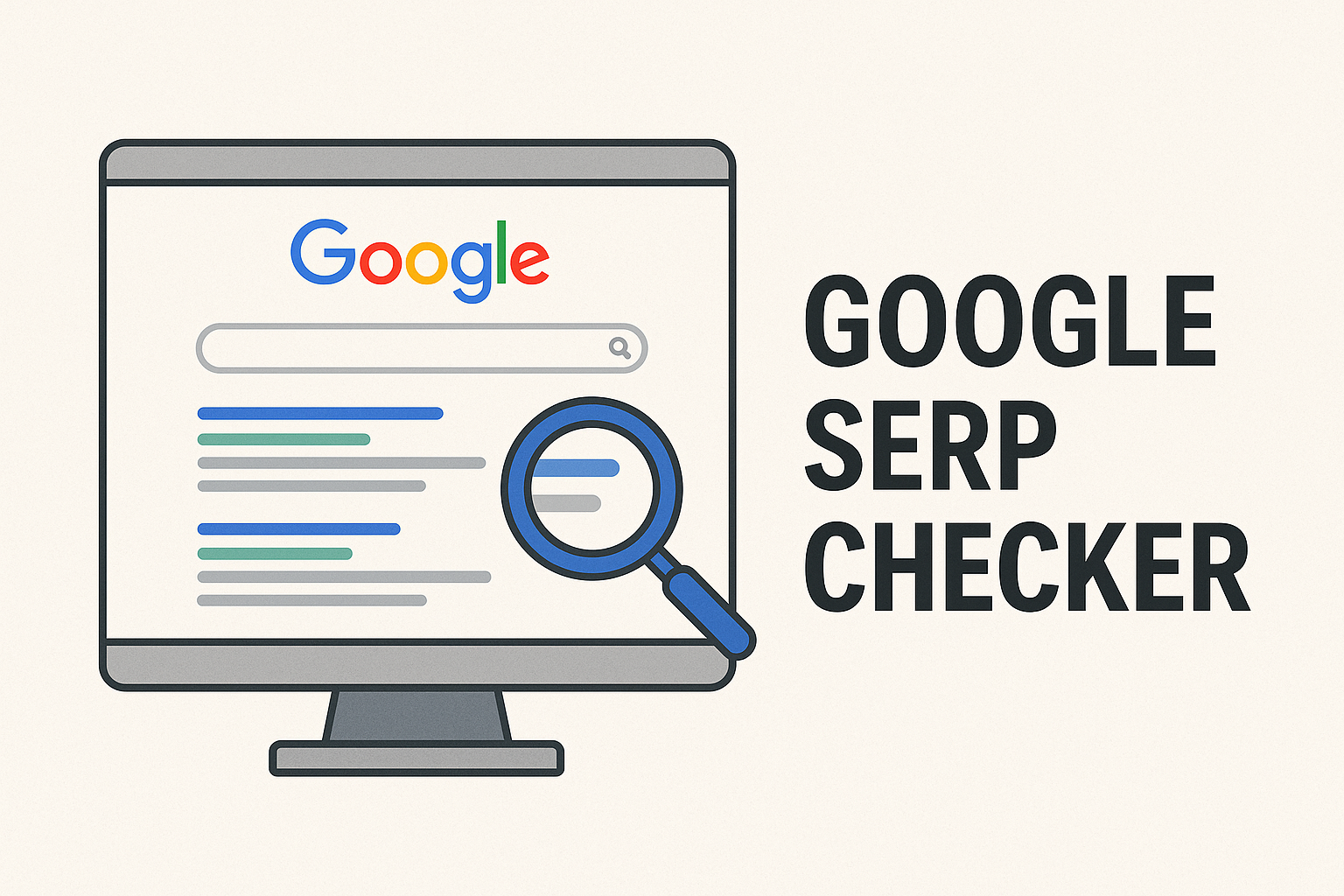
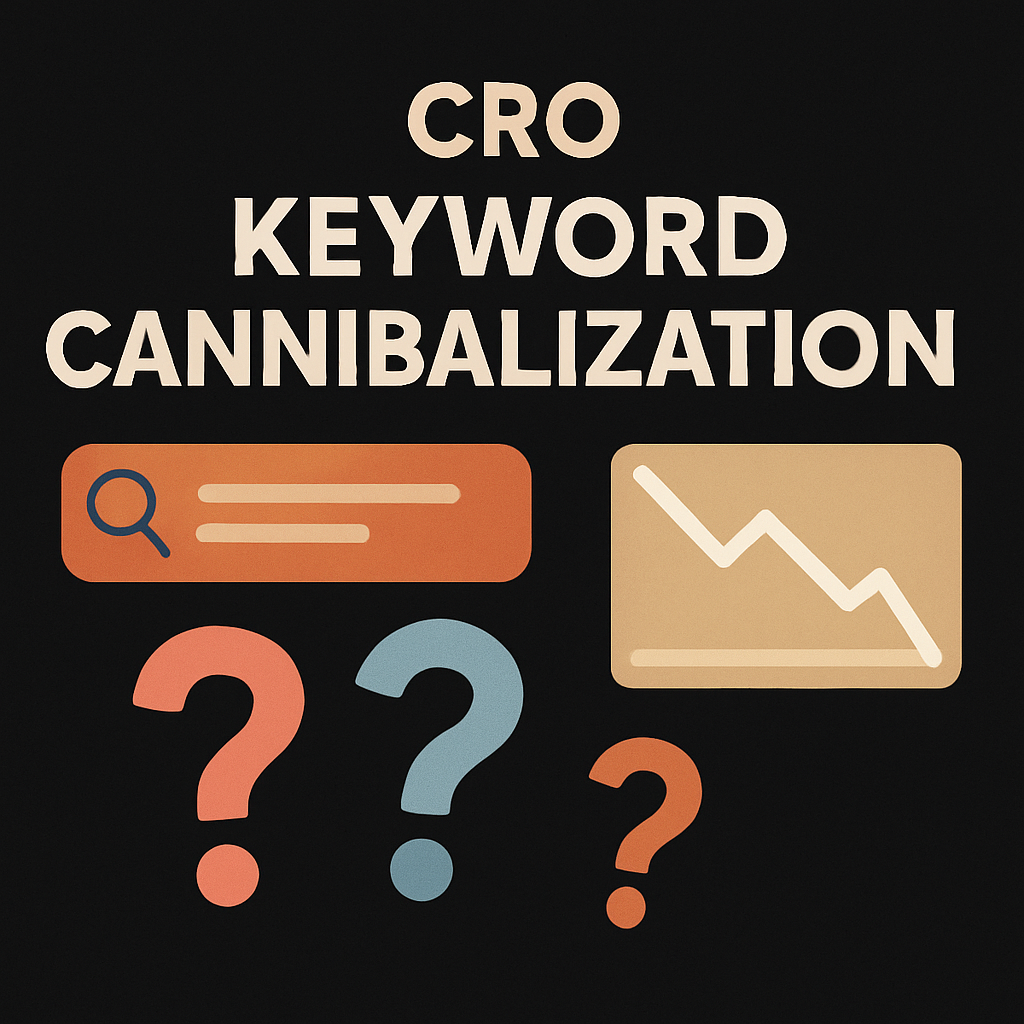


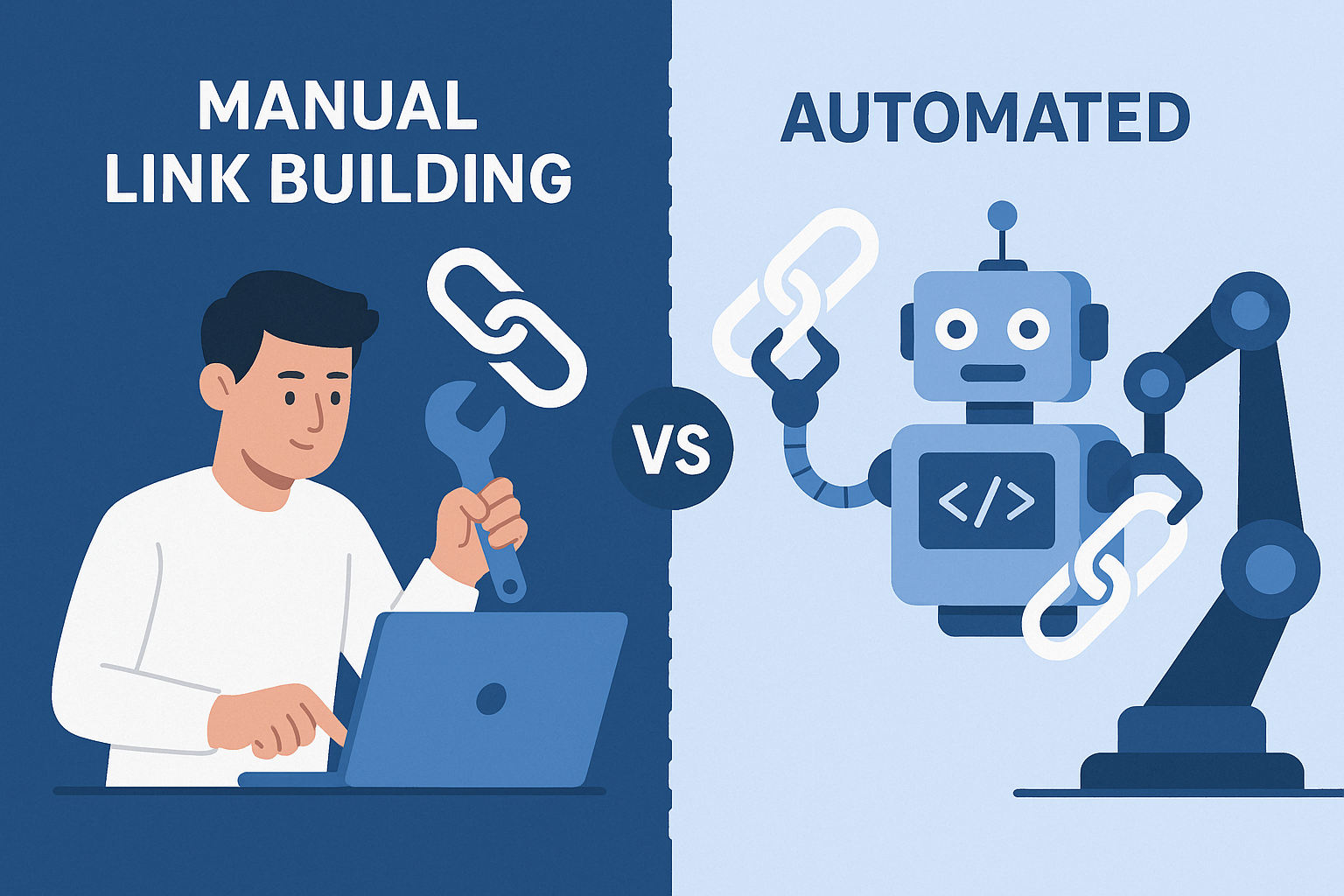

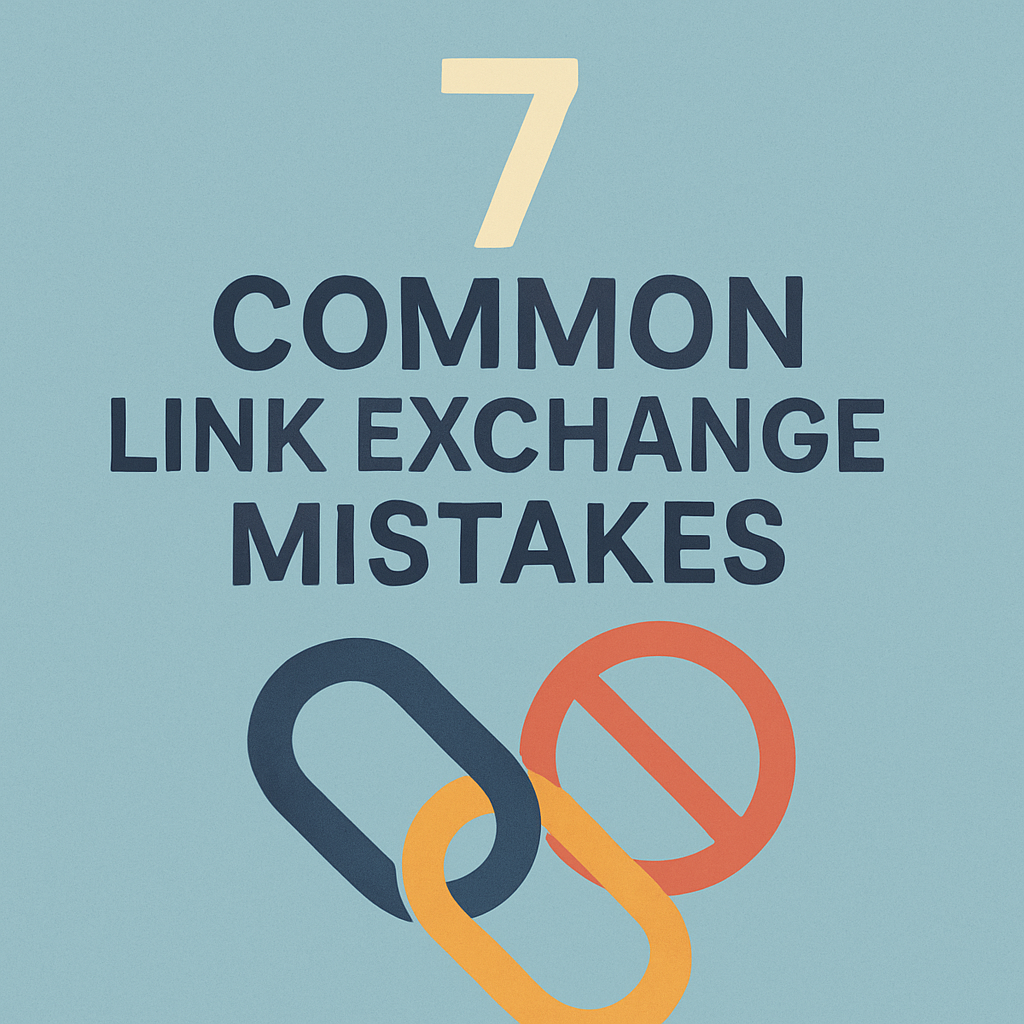
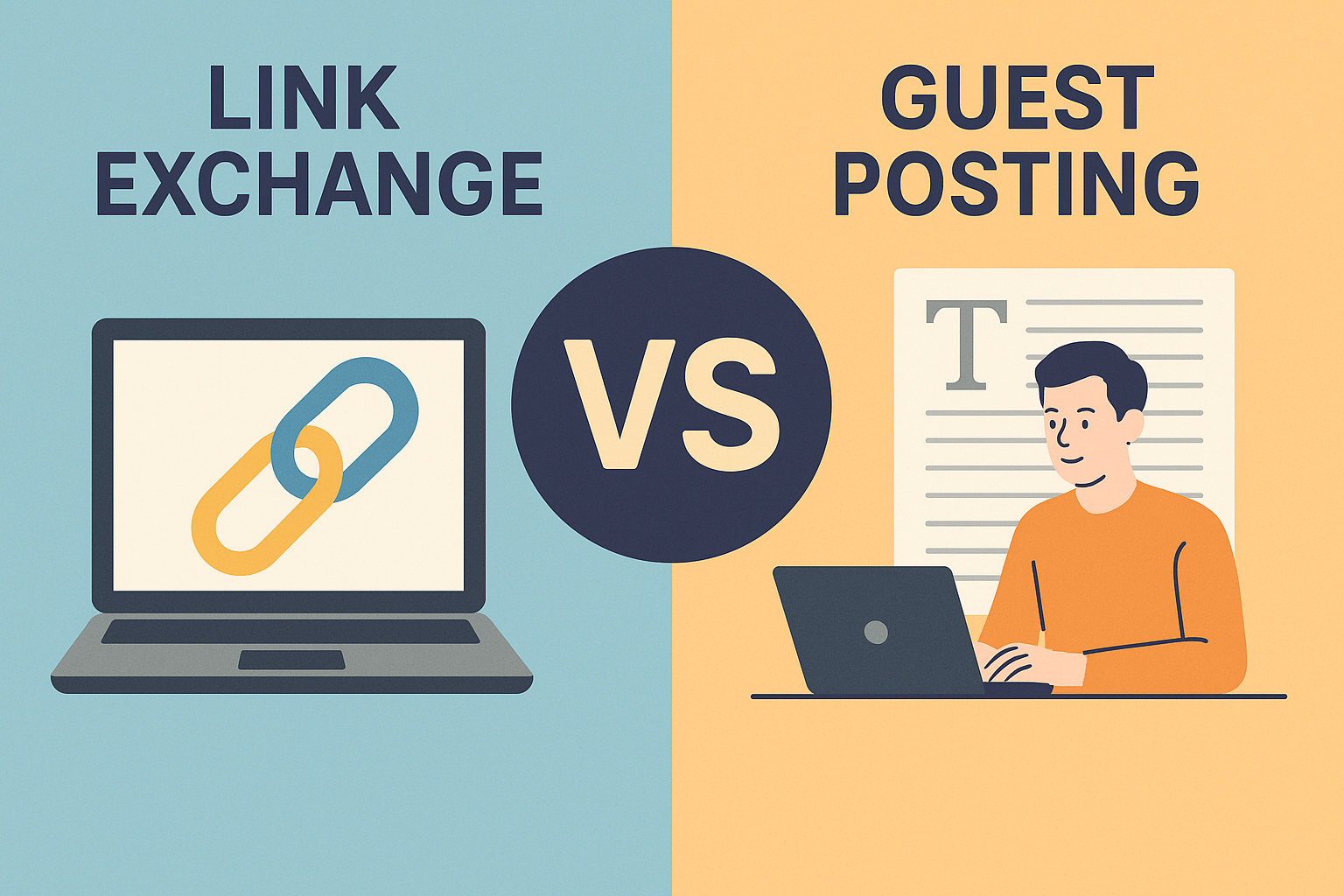
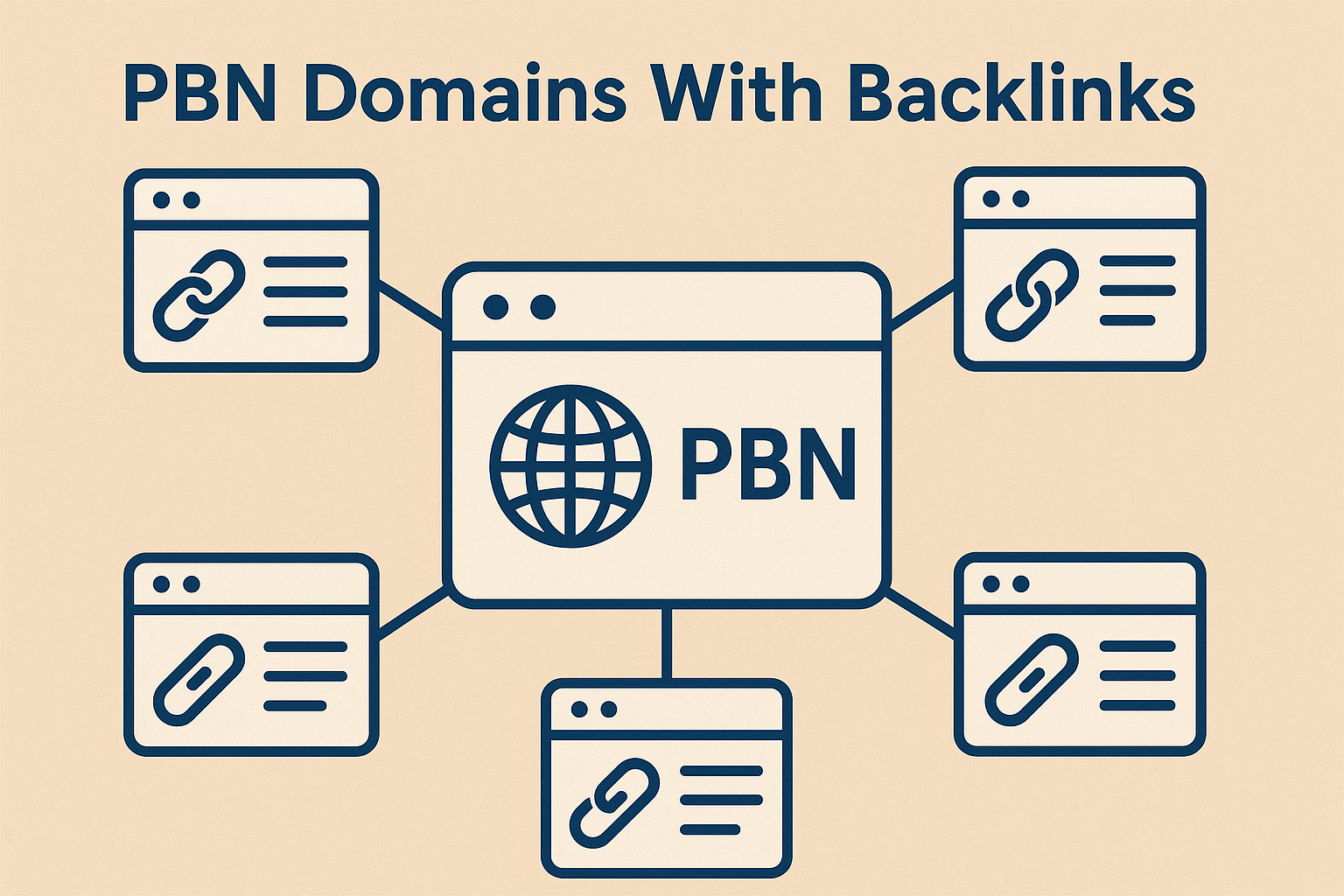
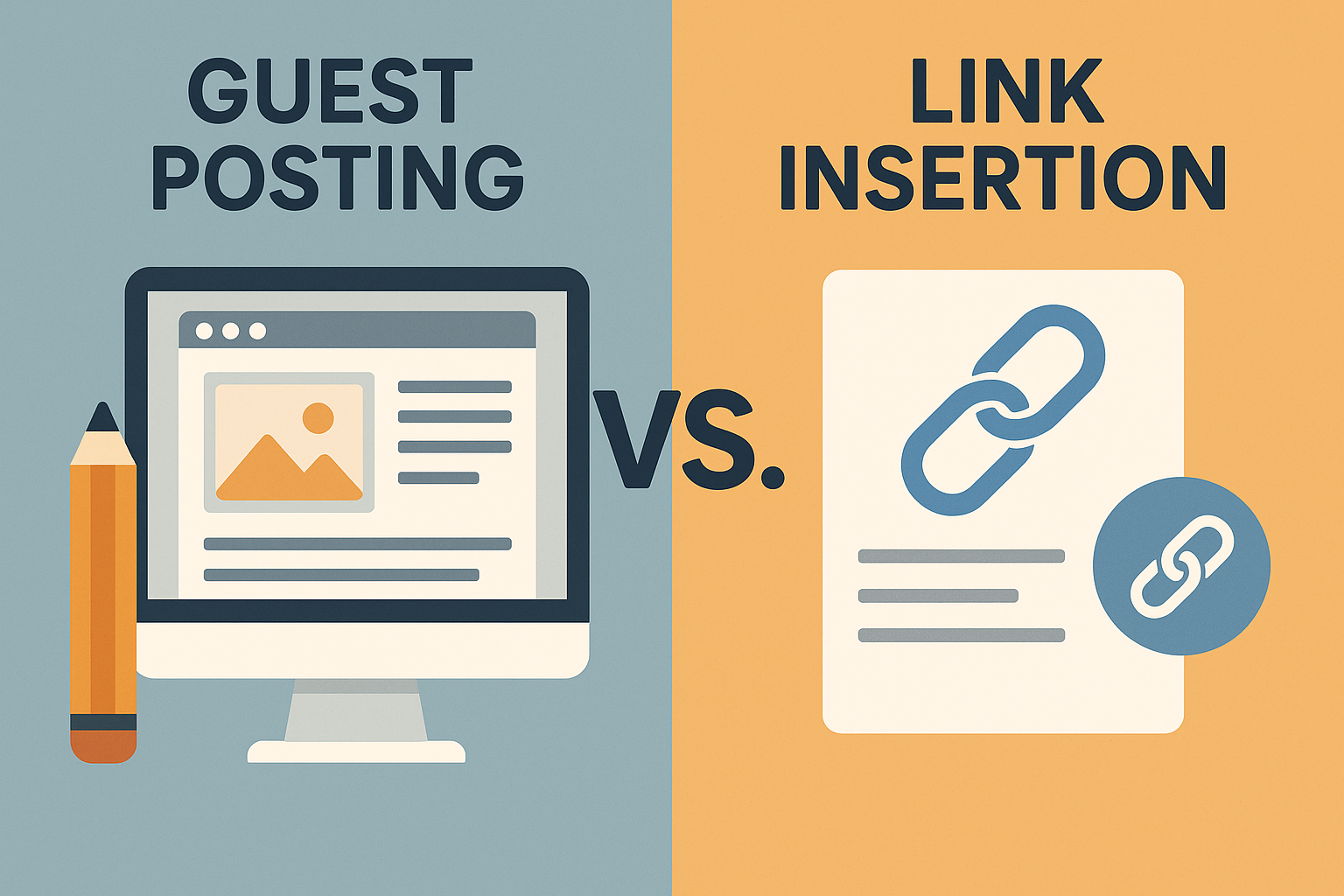
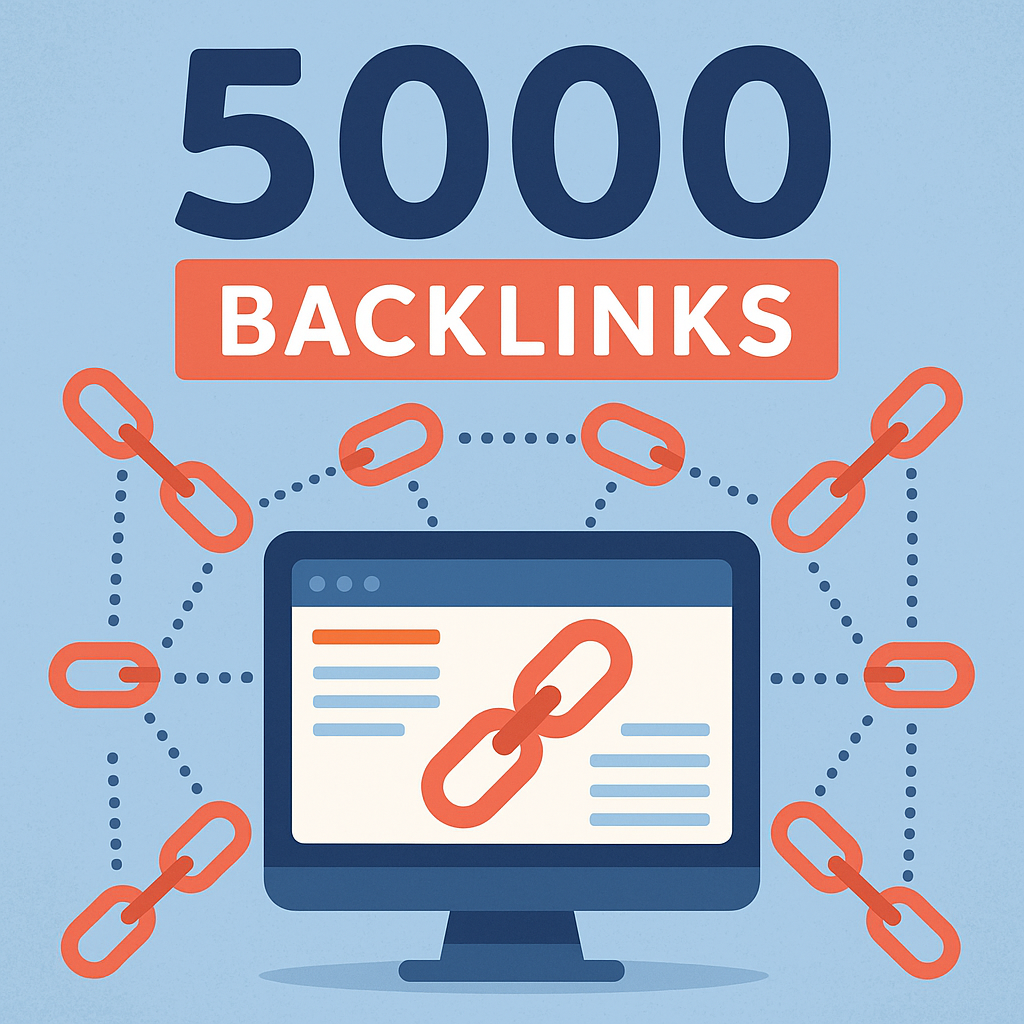
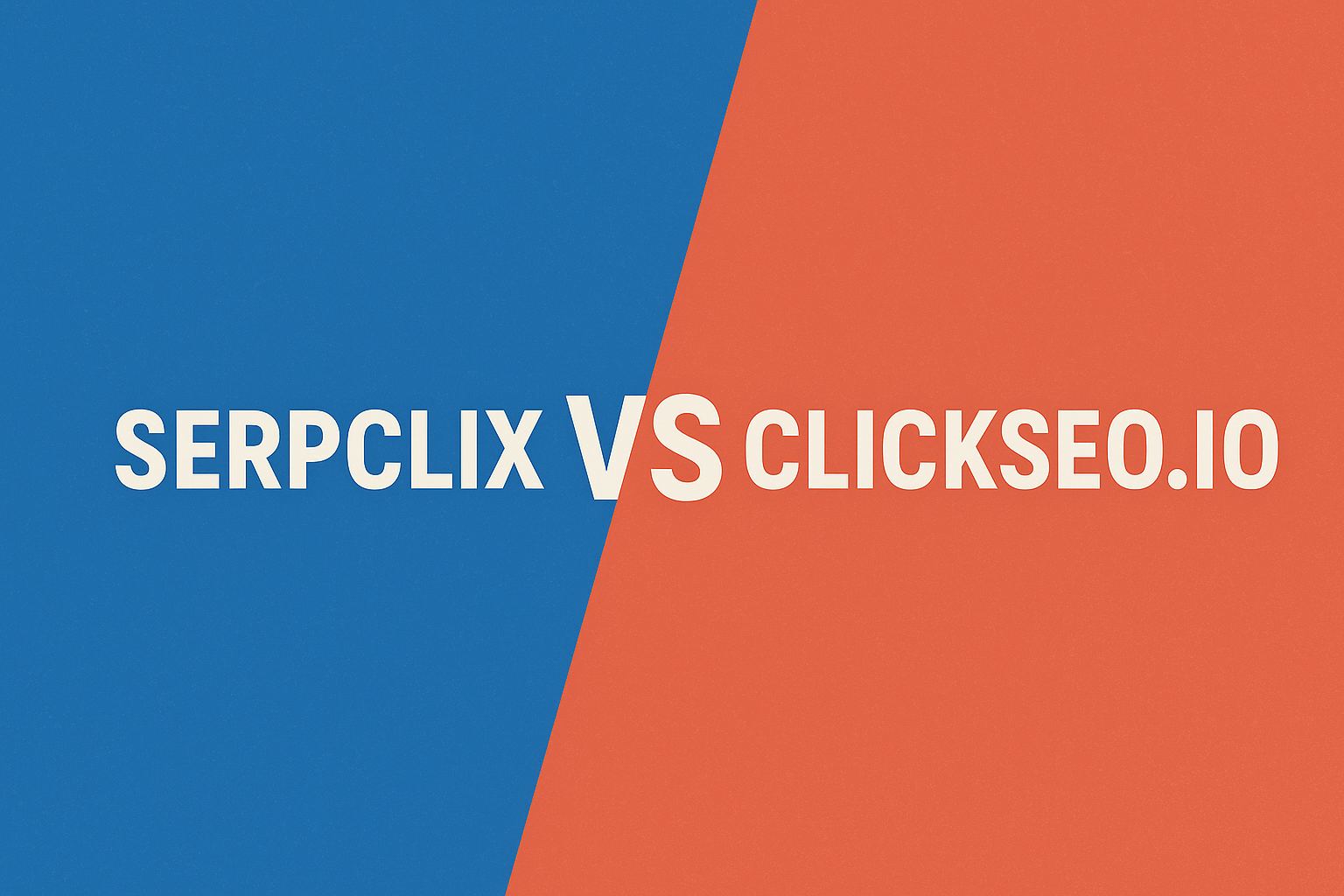
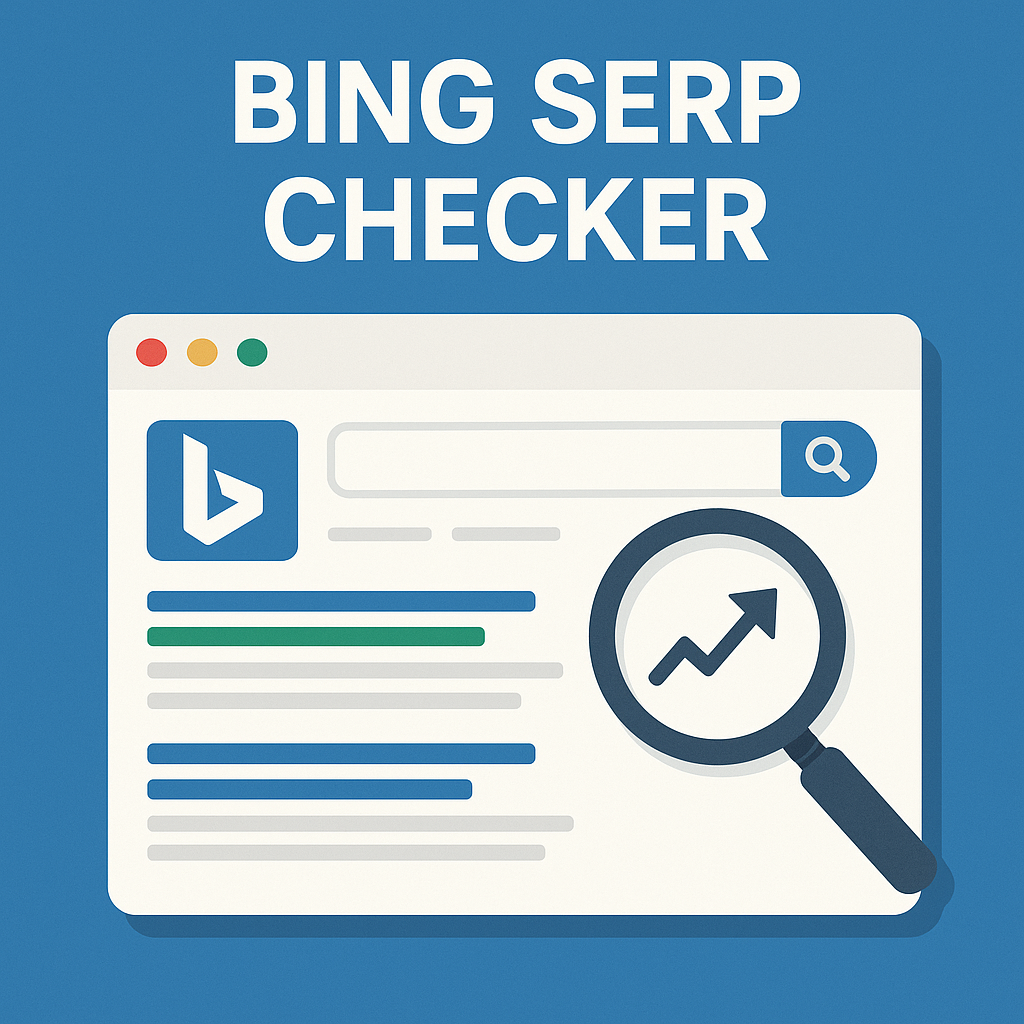
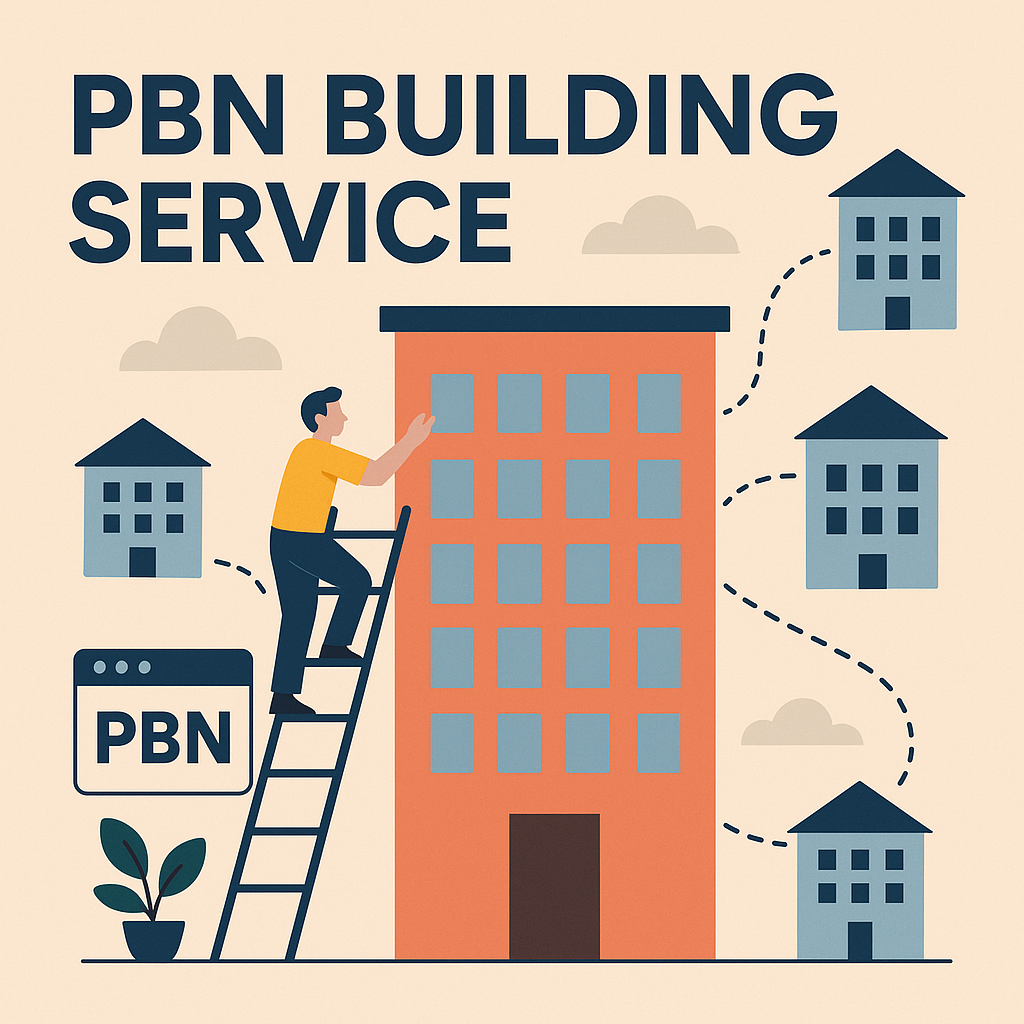
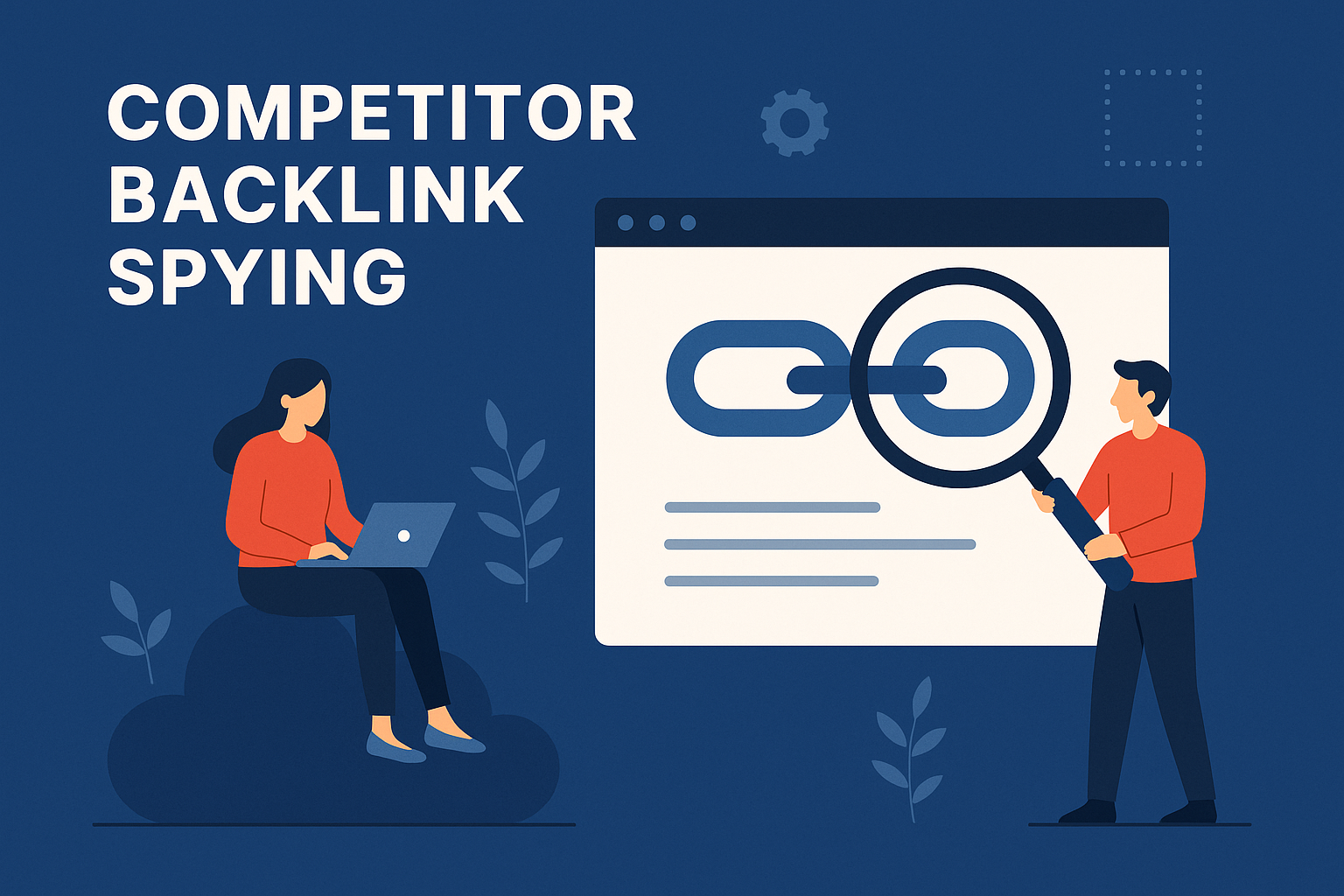
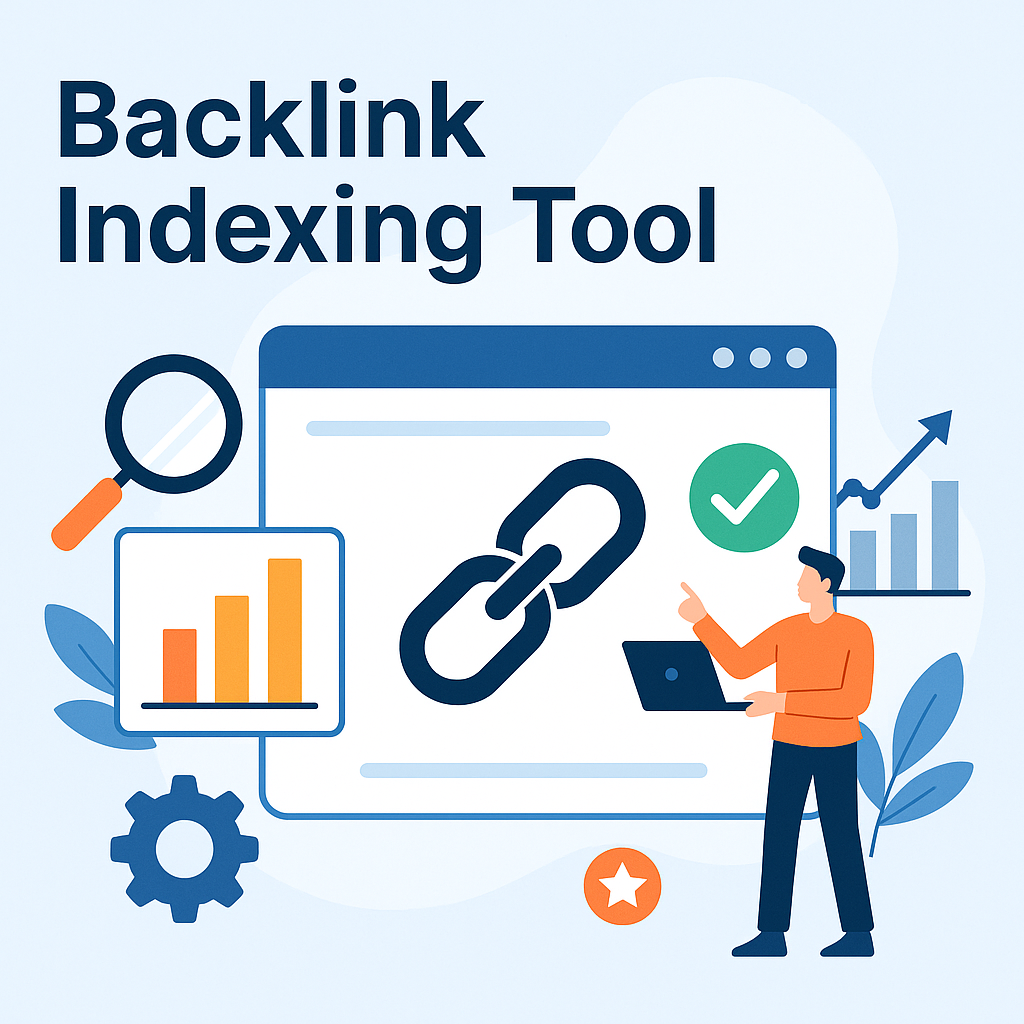

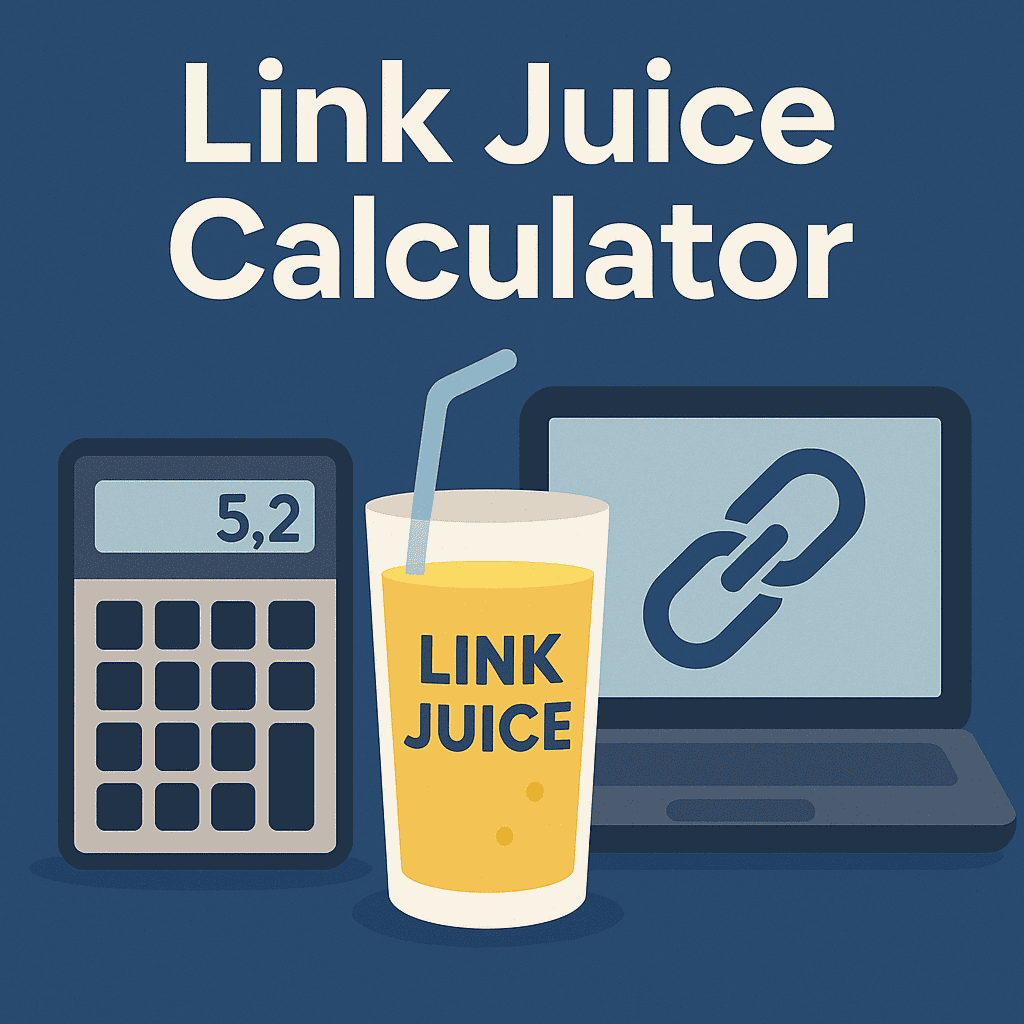


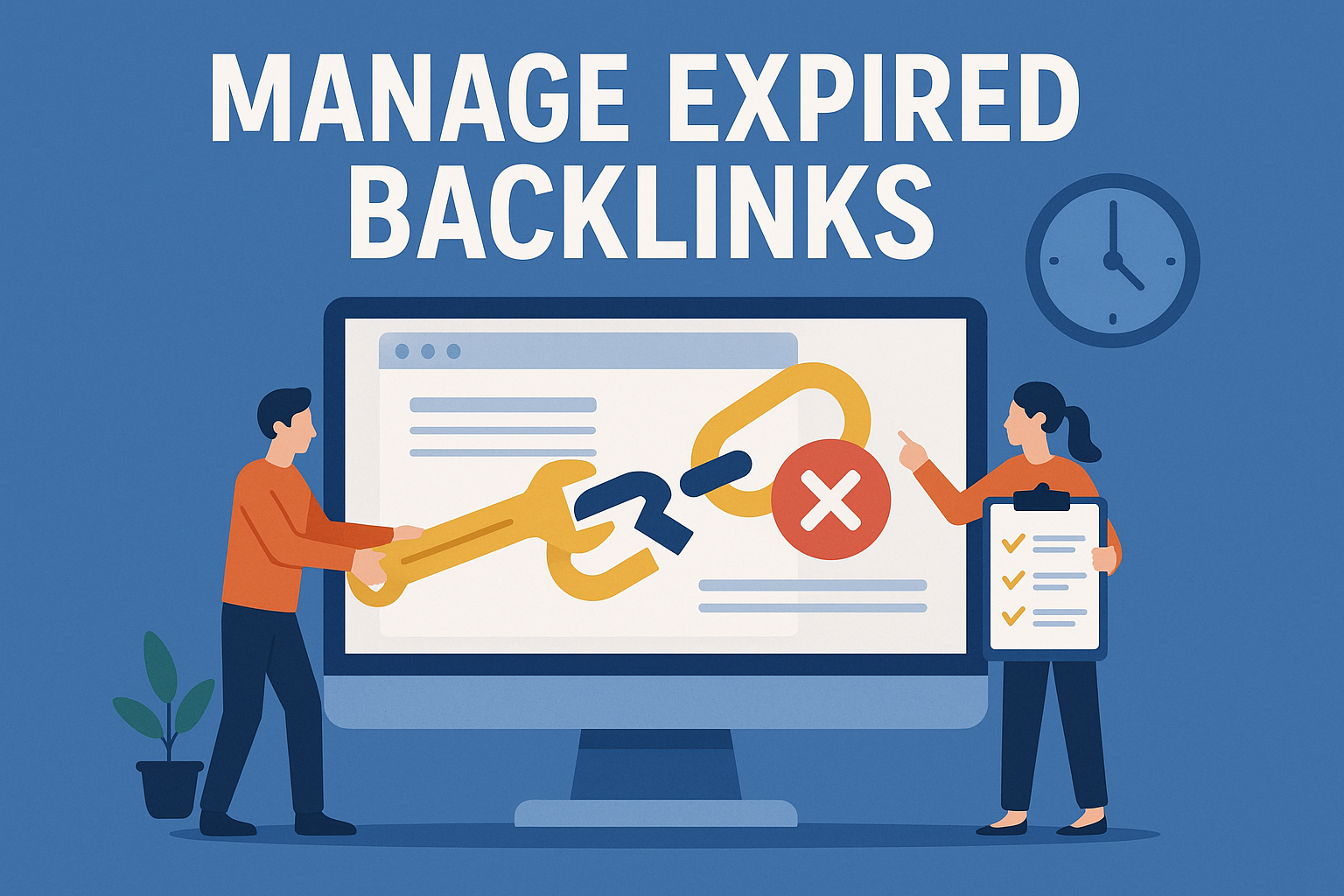

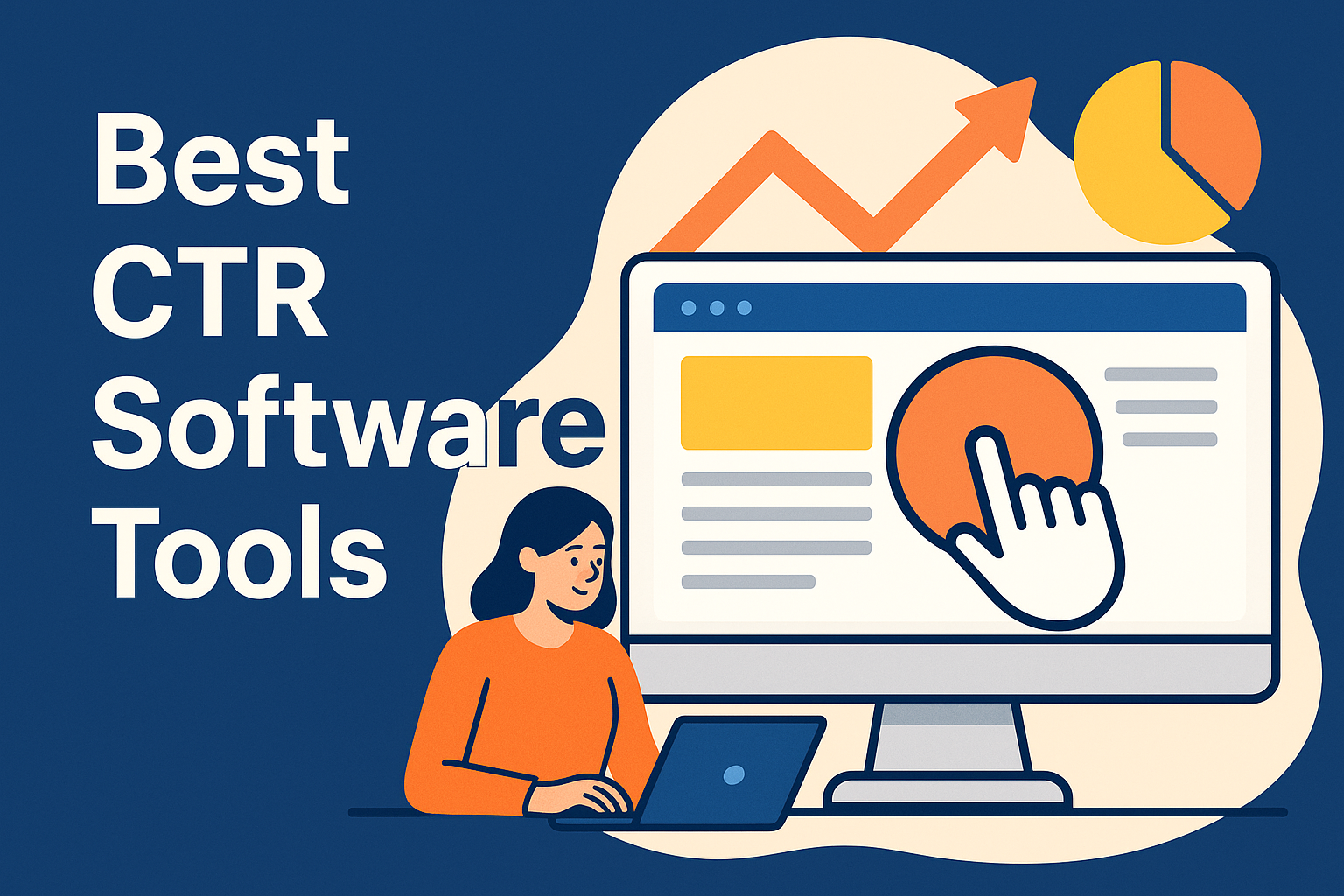
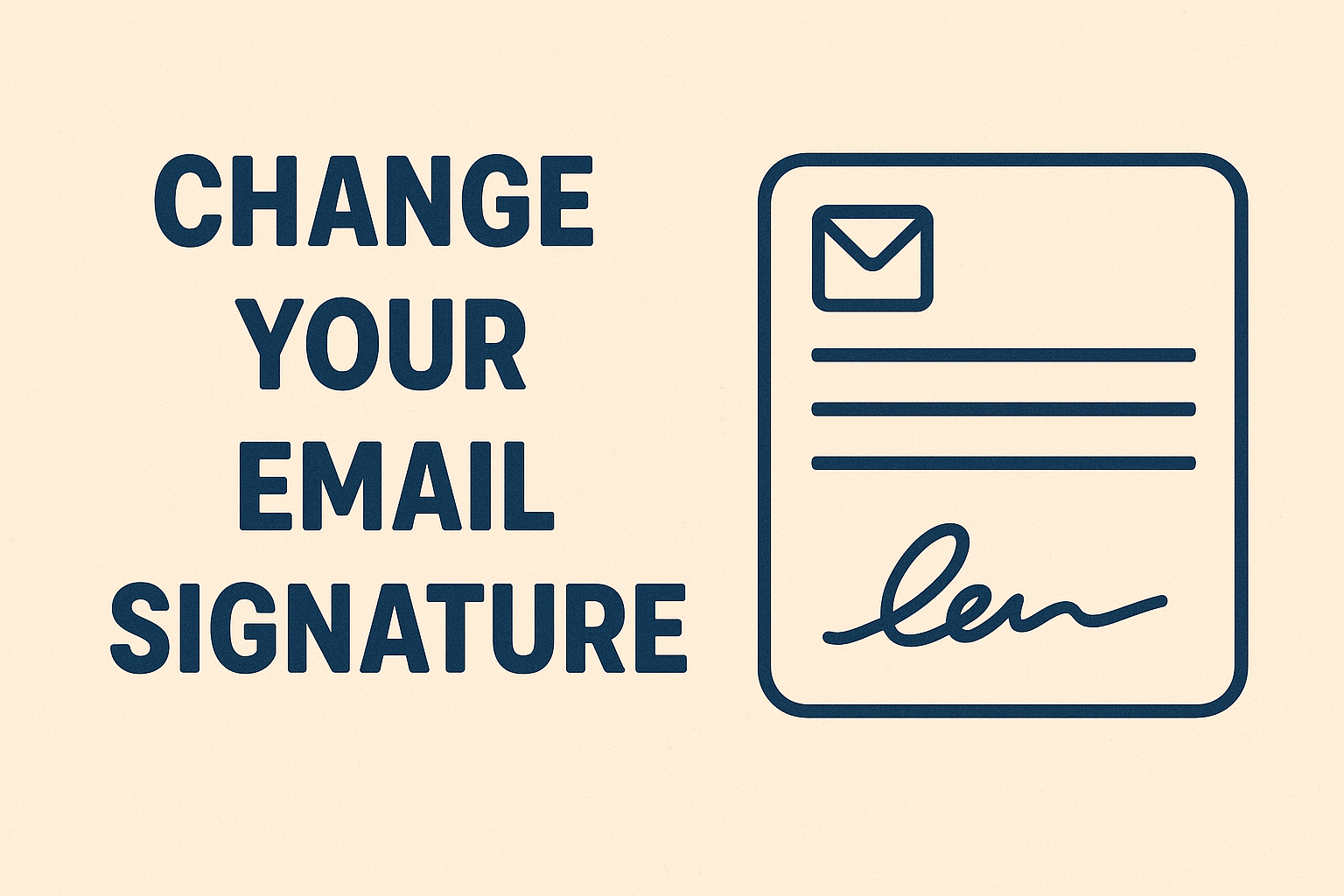
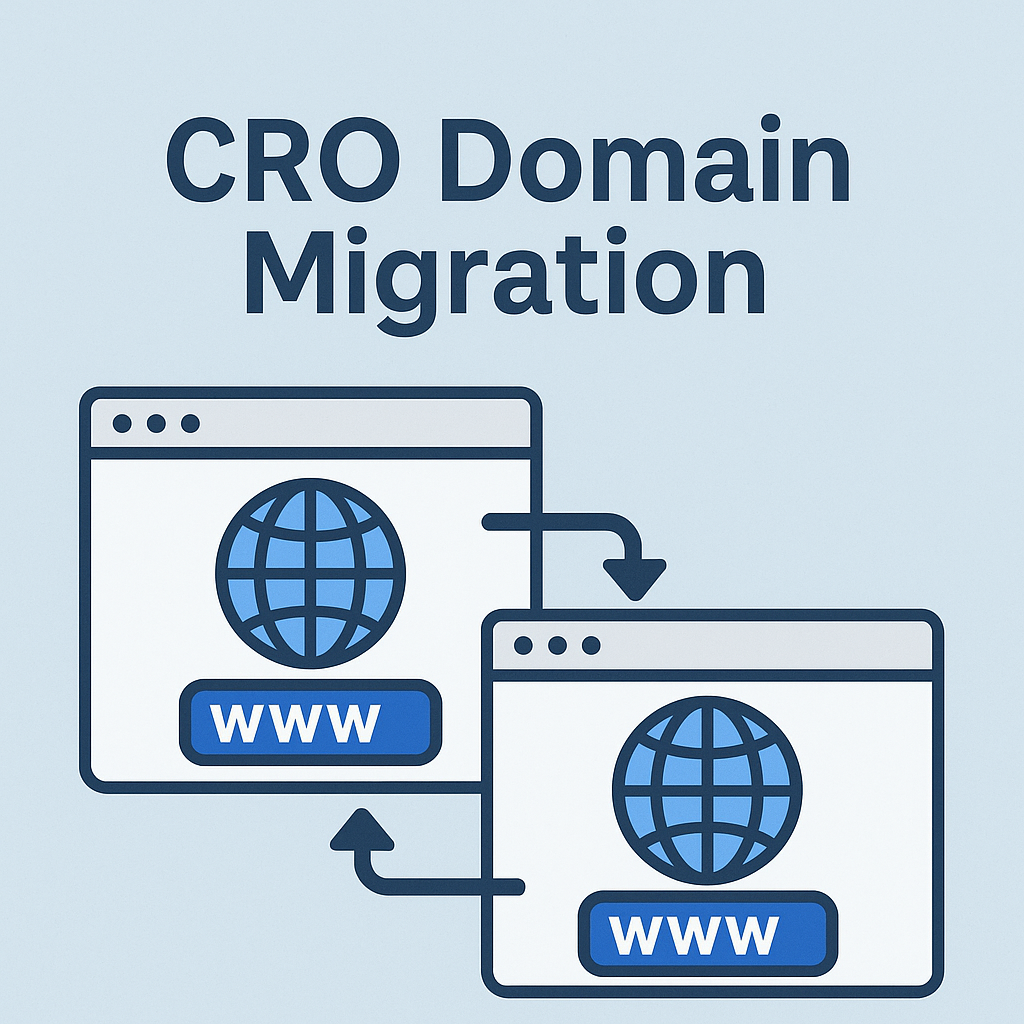
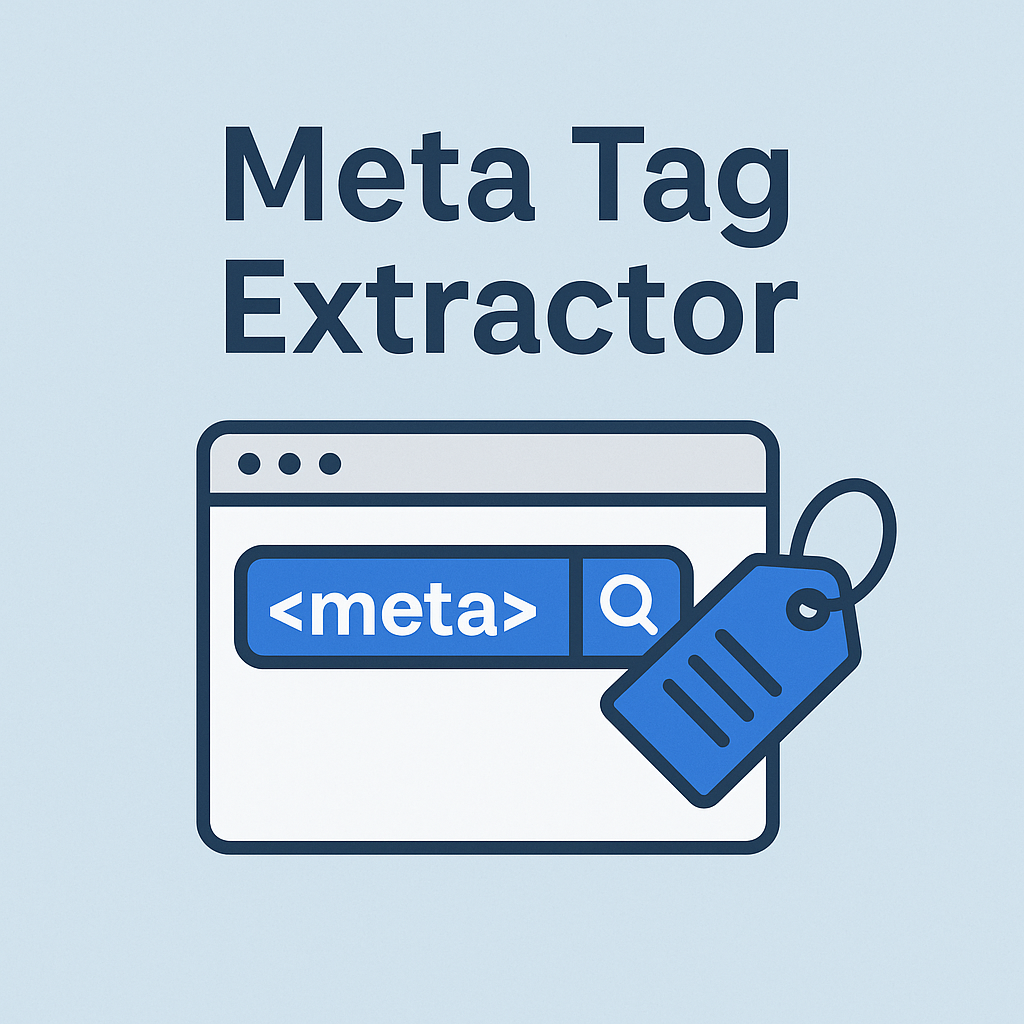
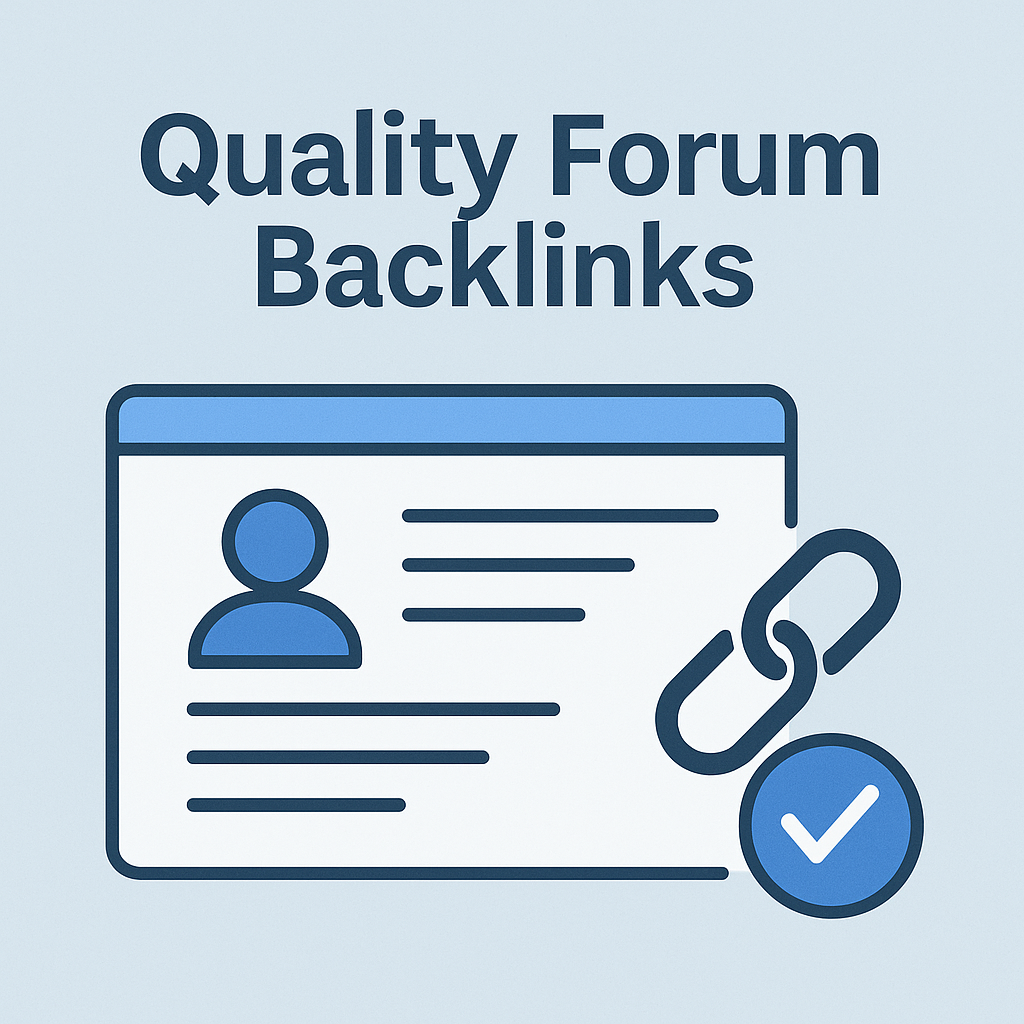
![Best Link Exchange Sites [Free & Safe] – Top 5 Picks](https://backlinkmanagement.io/wp-content/uploads/2025/04/Free-Link-Exchange.png)


